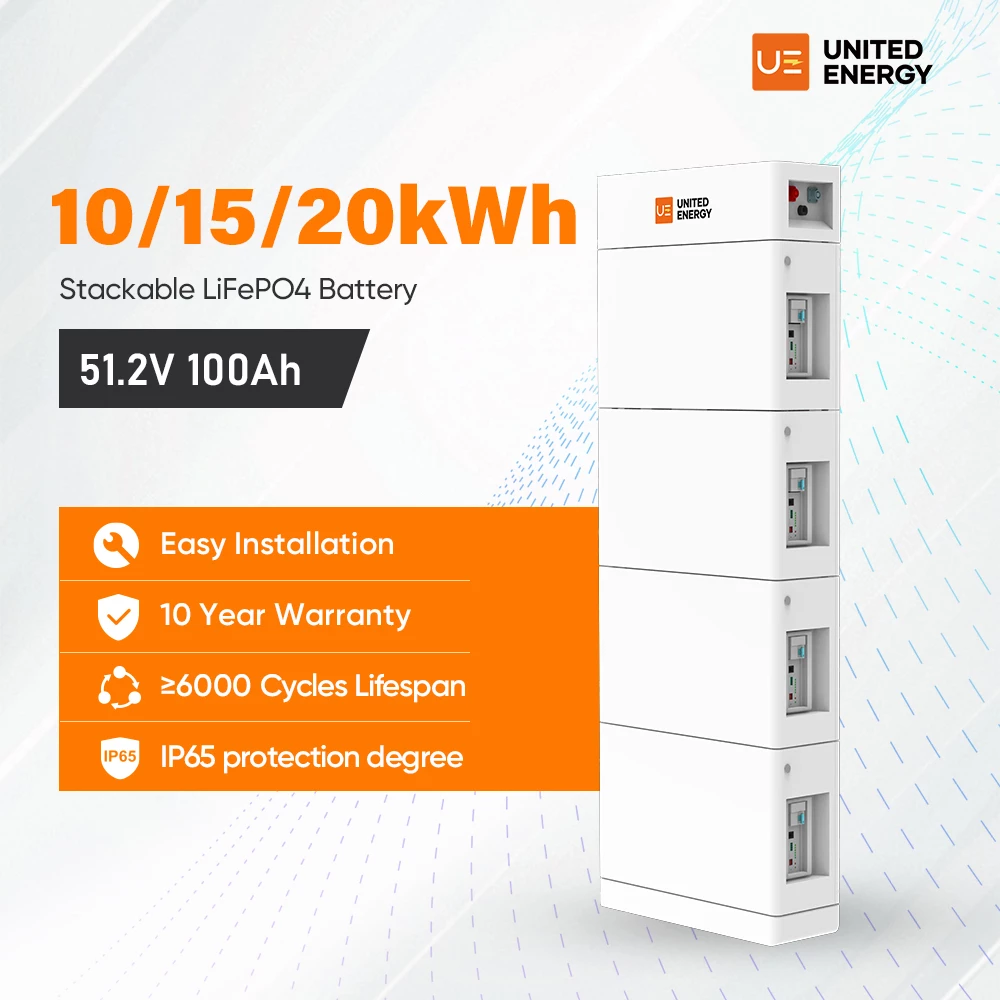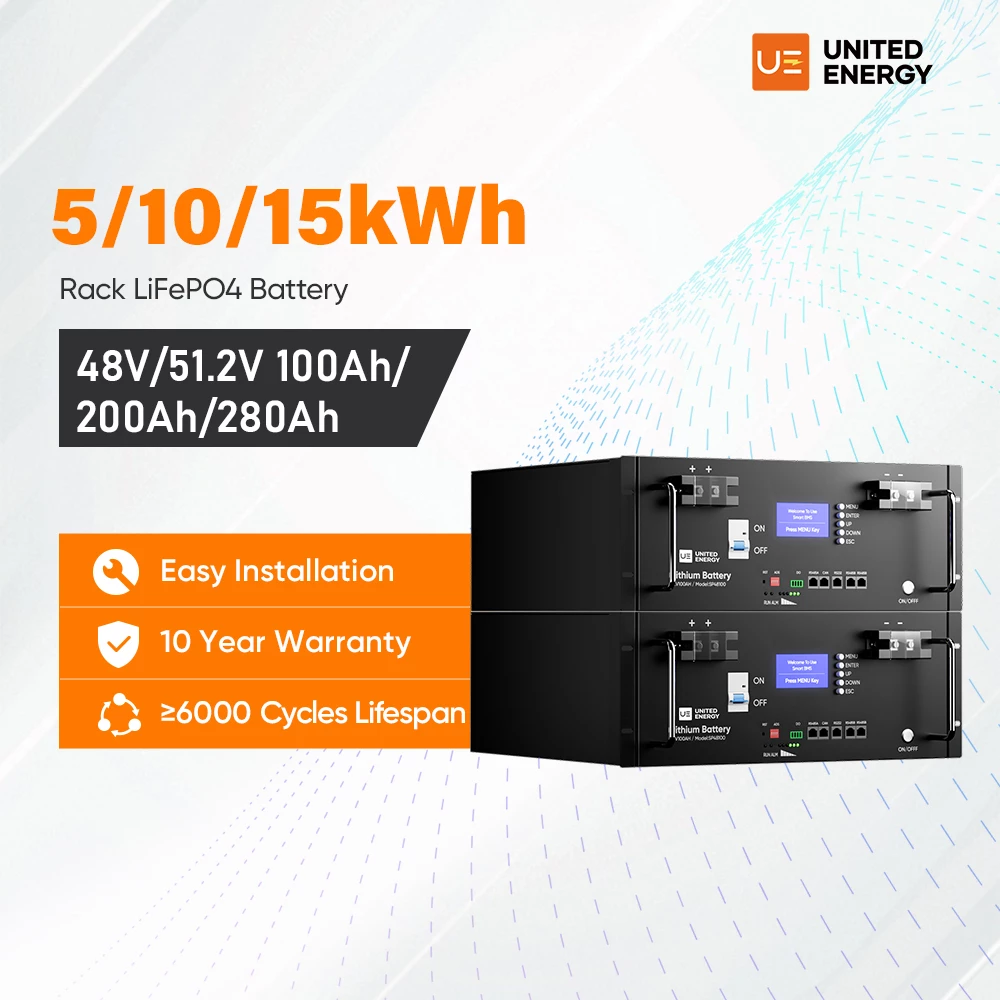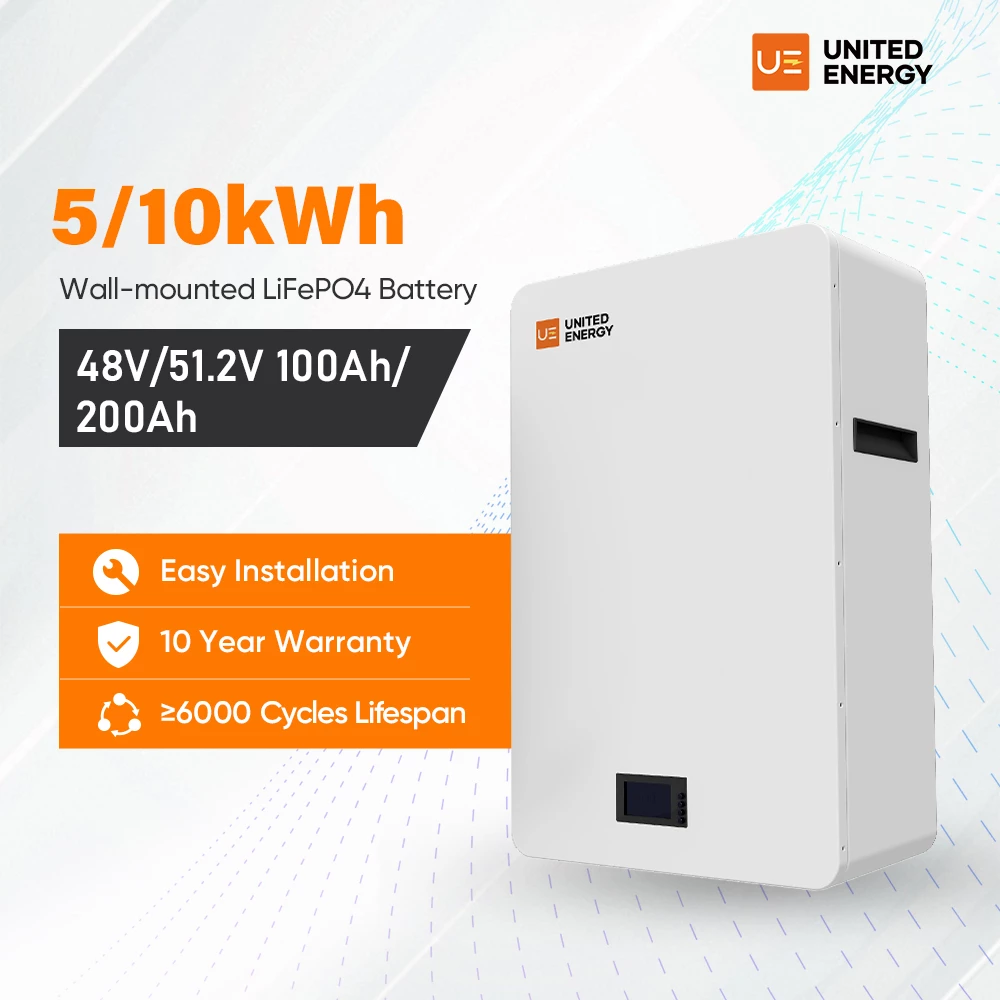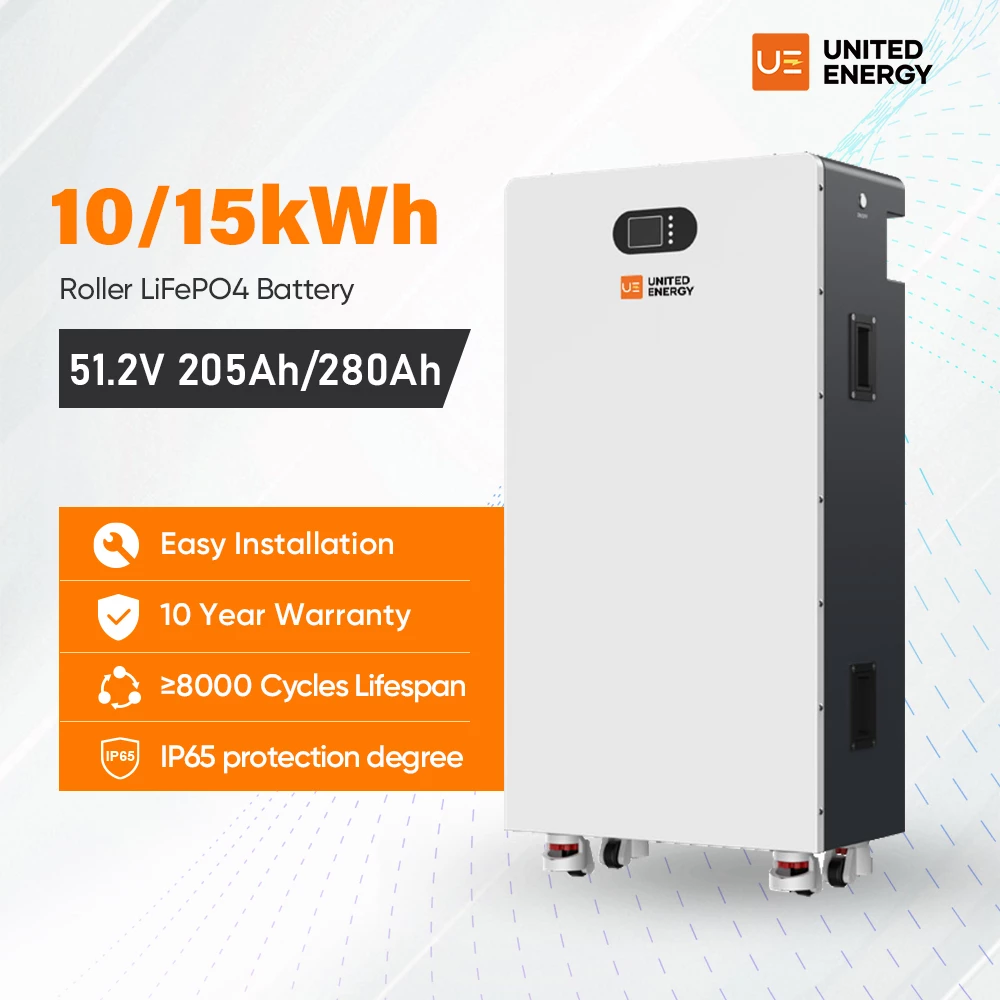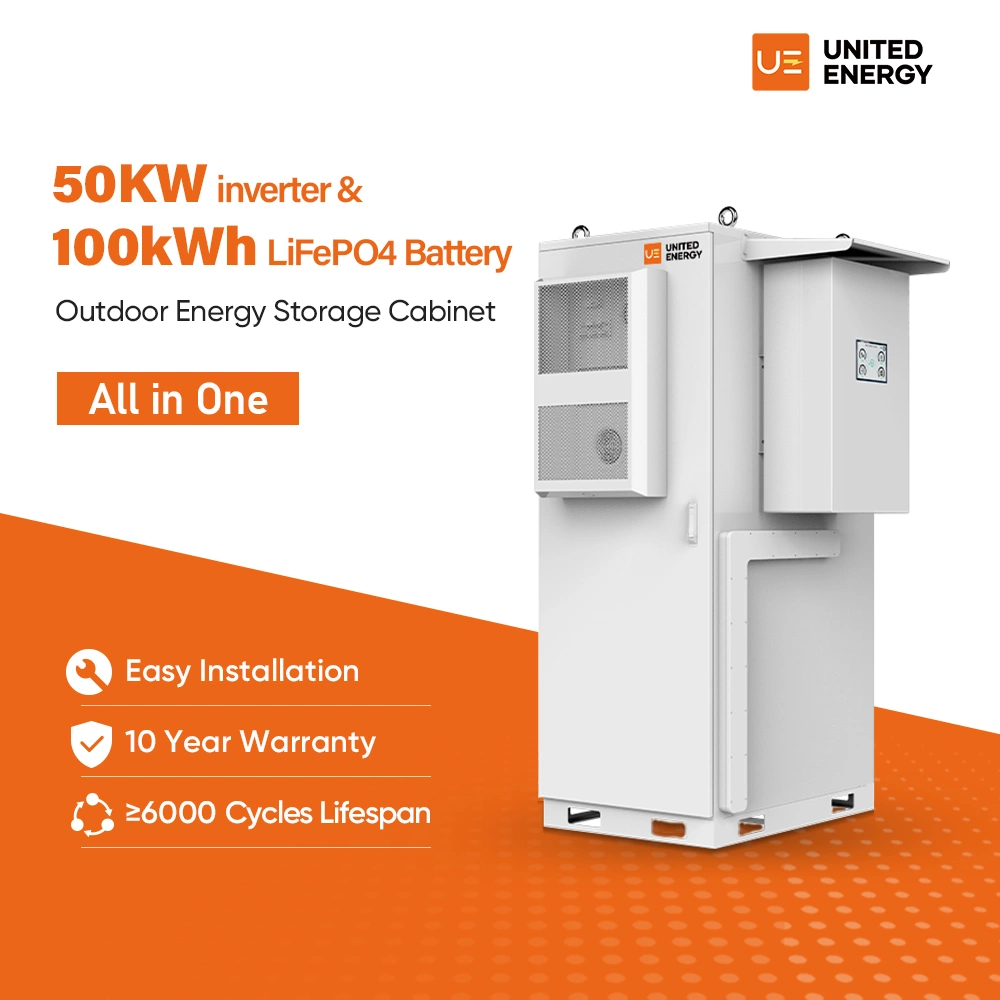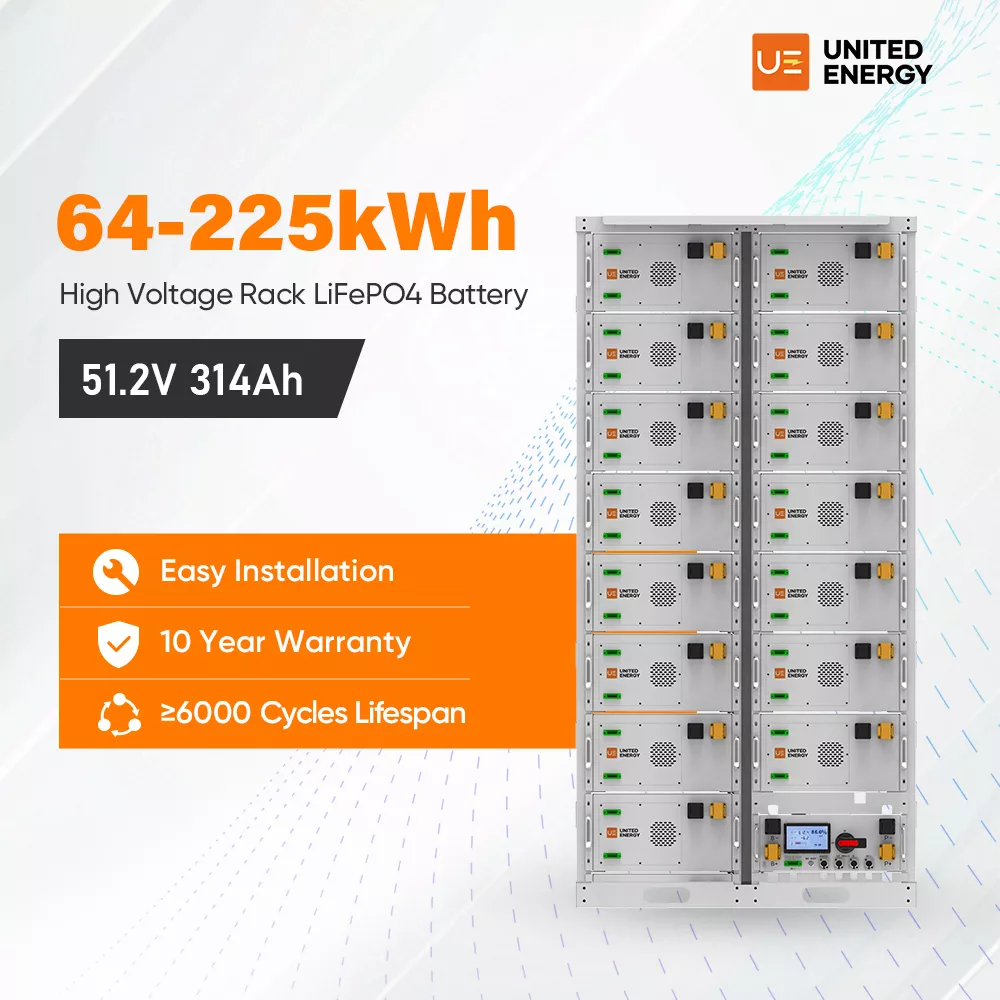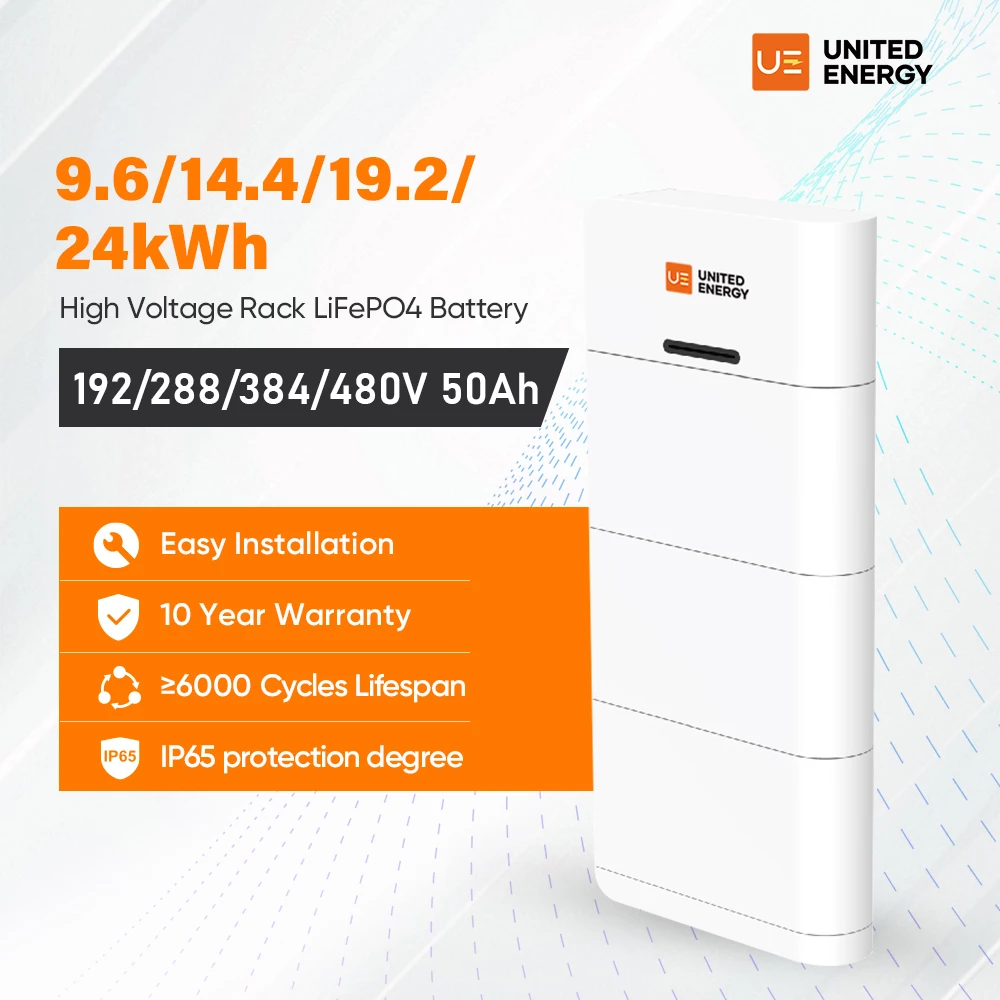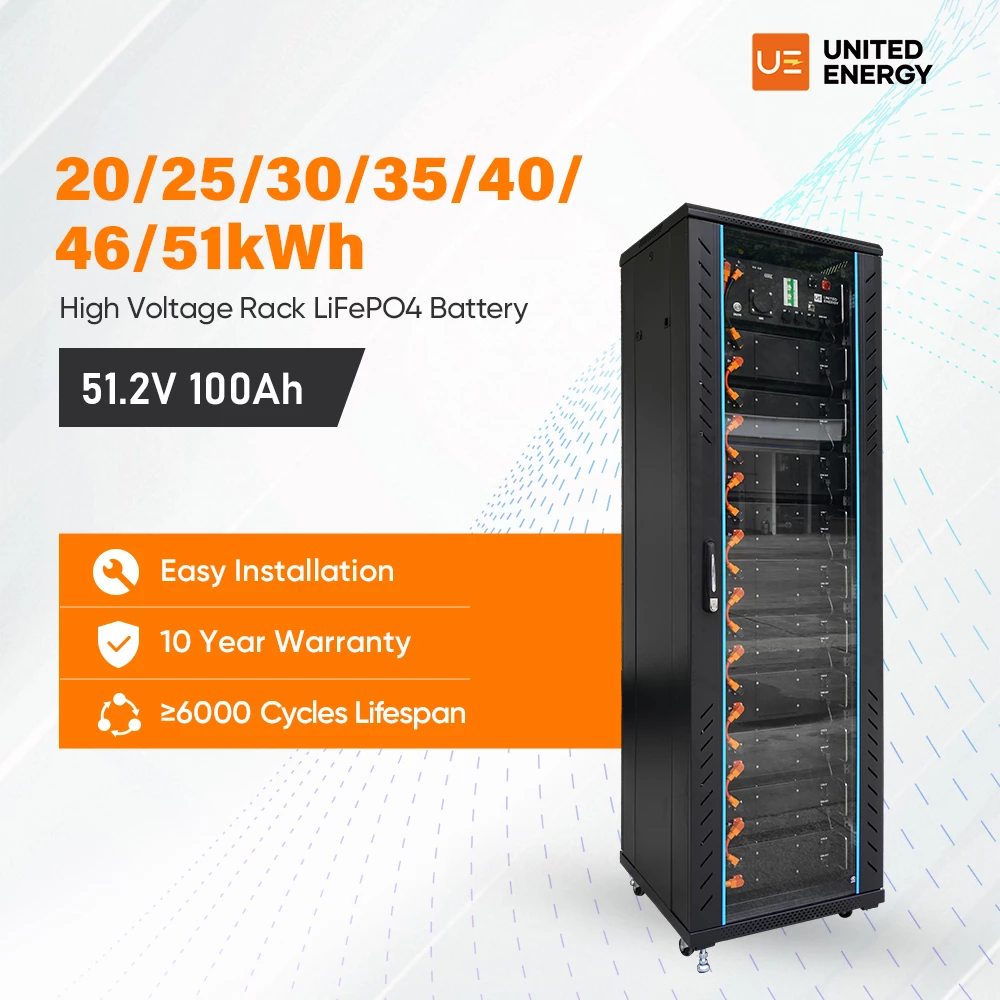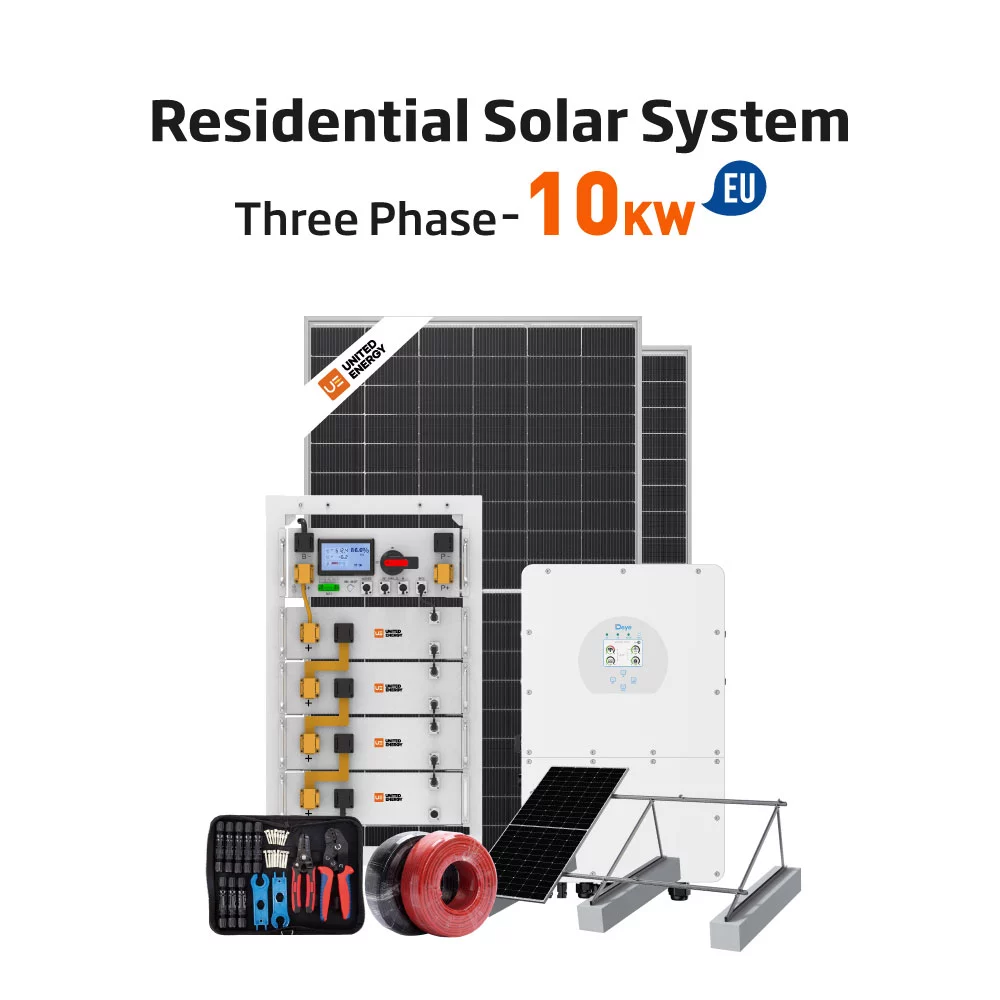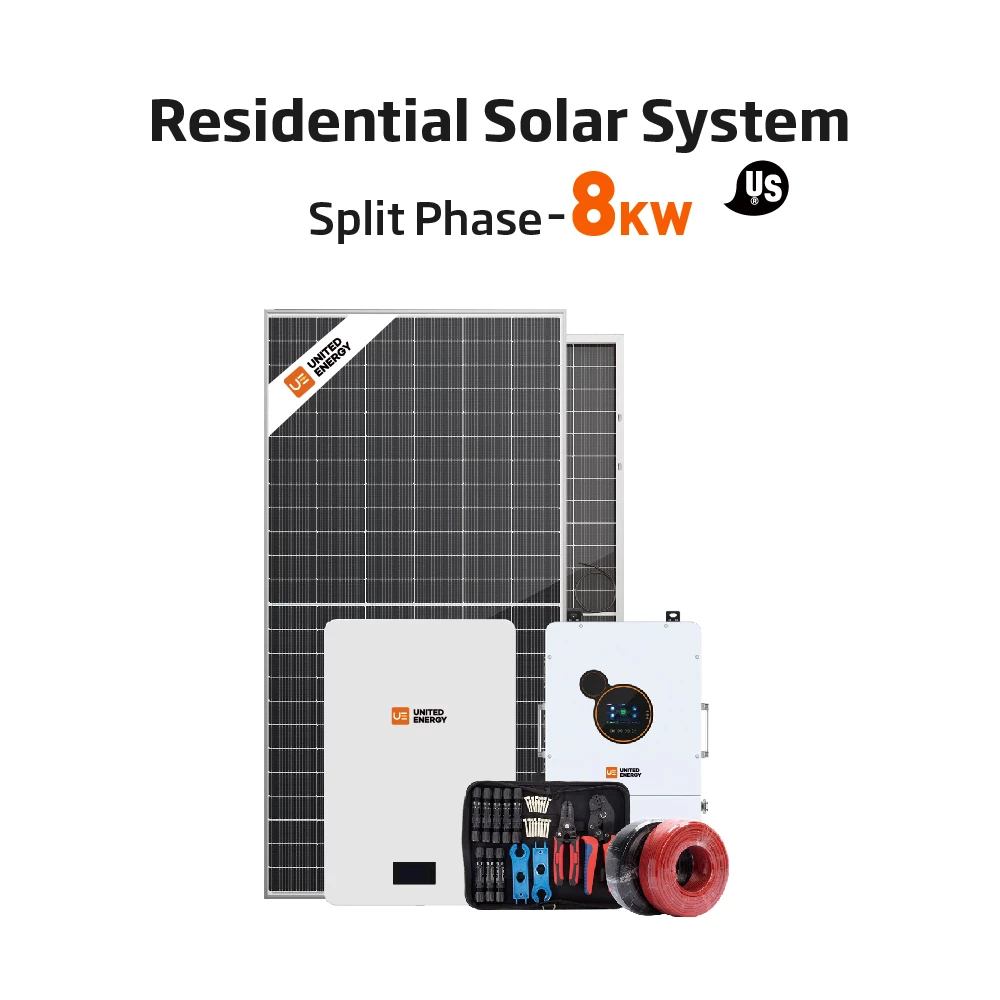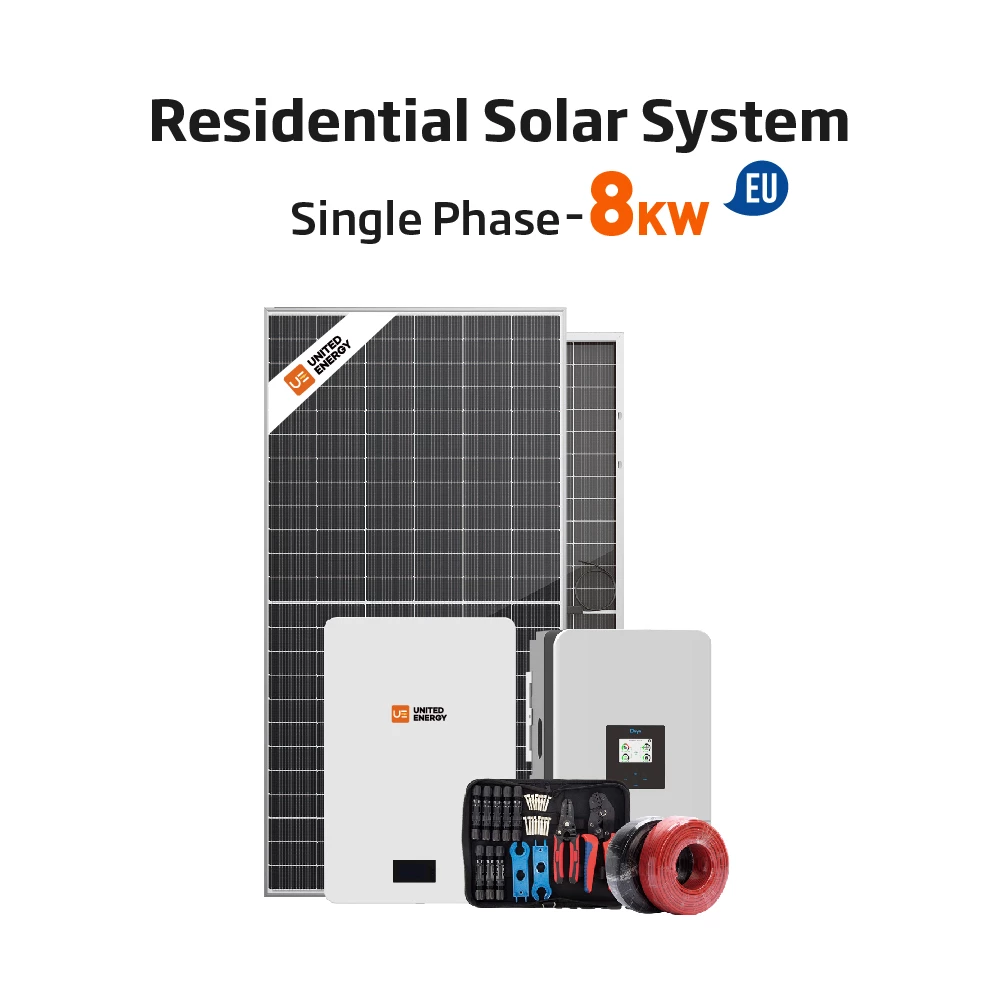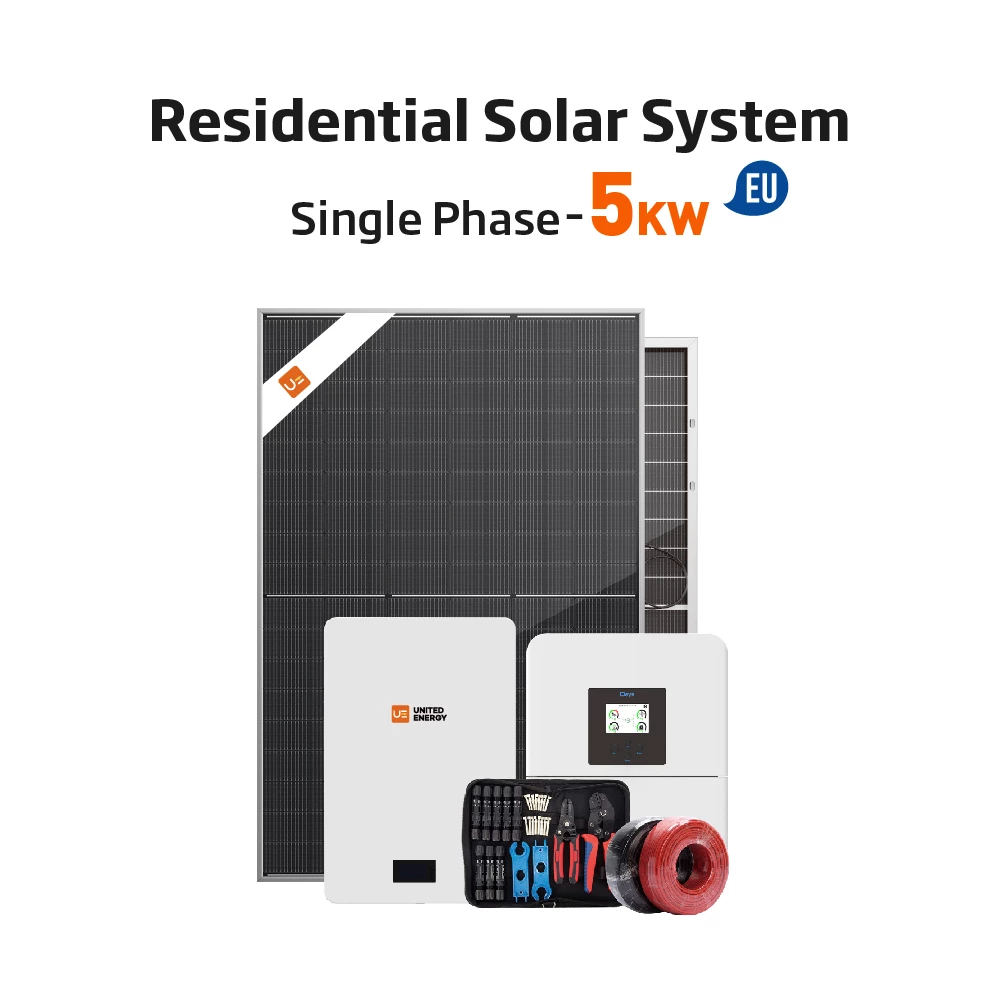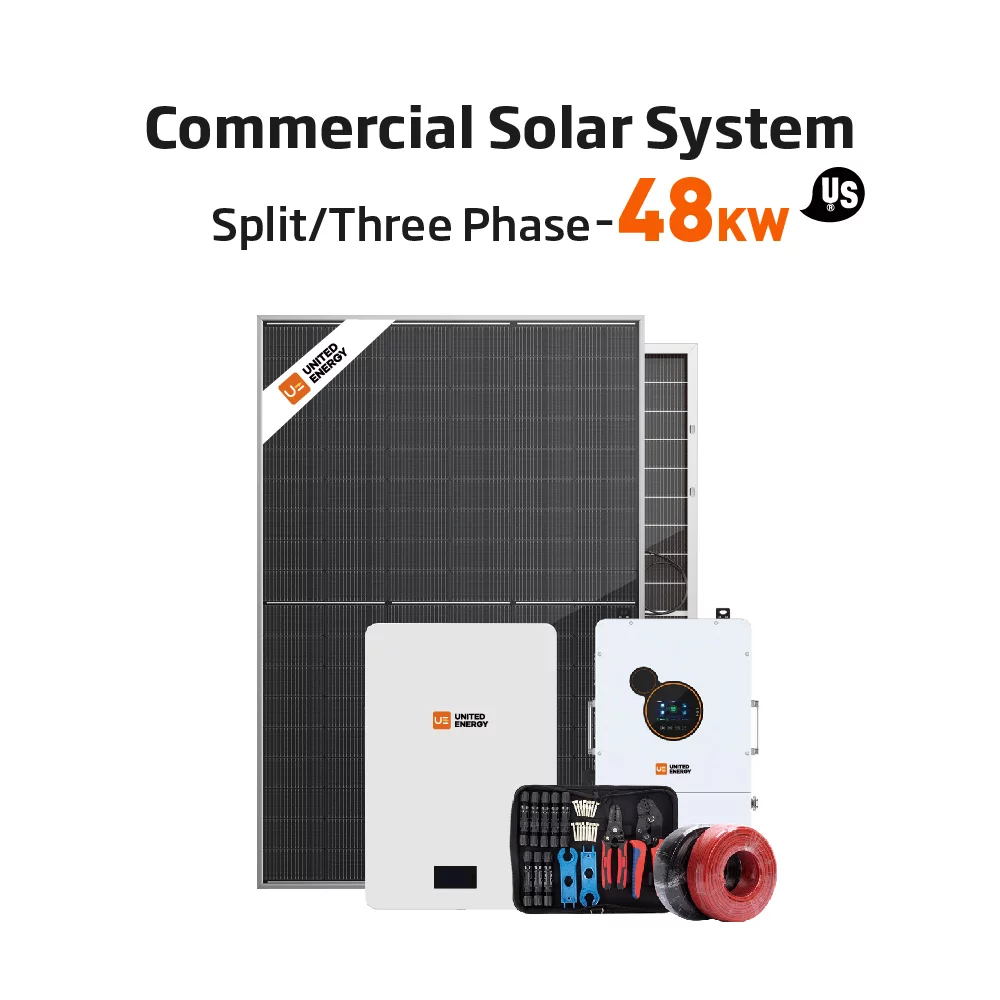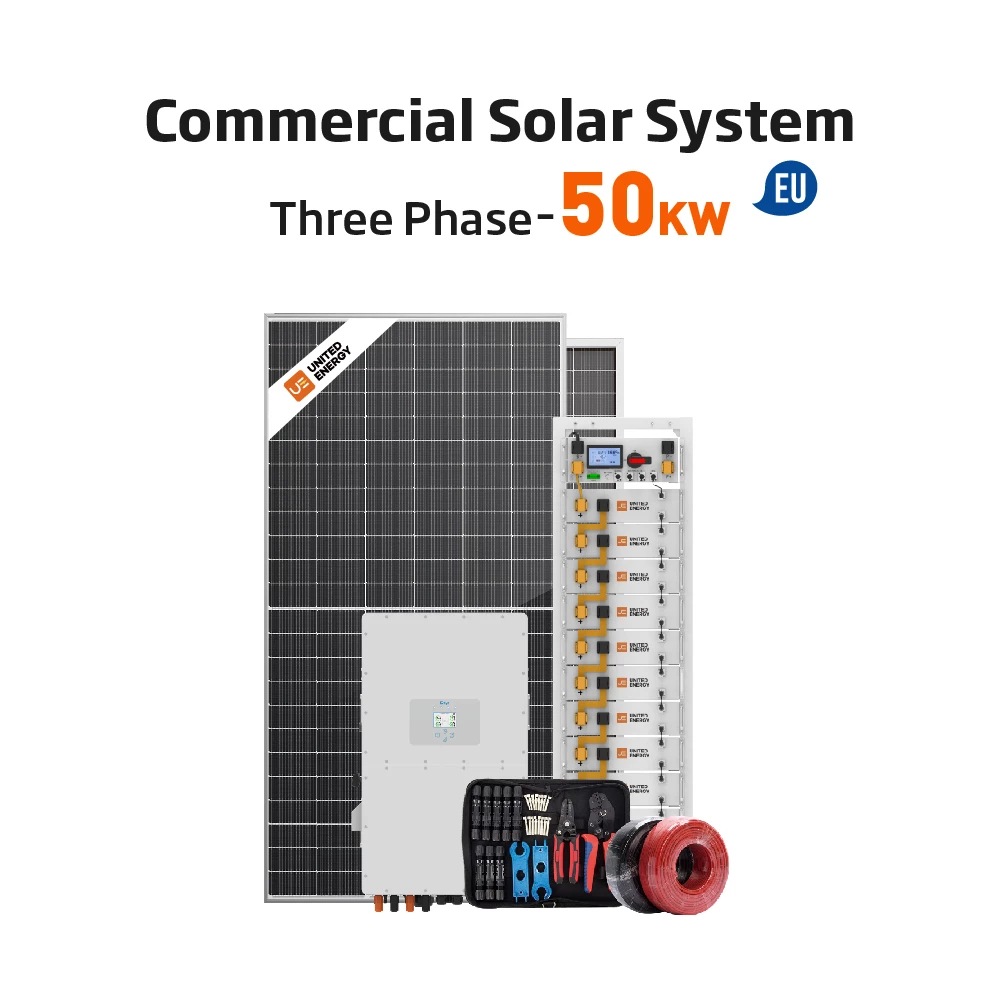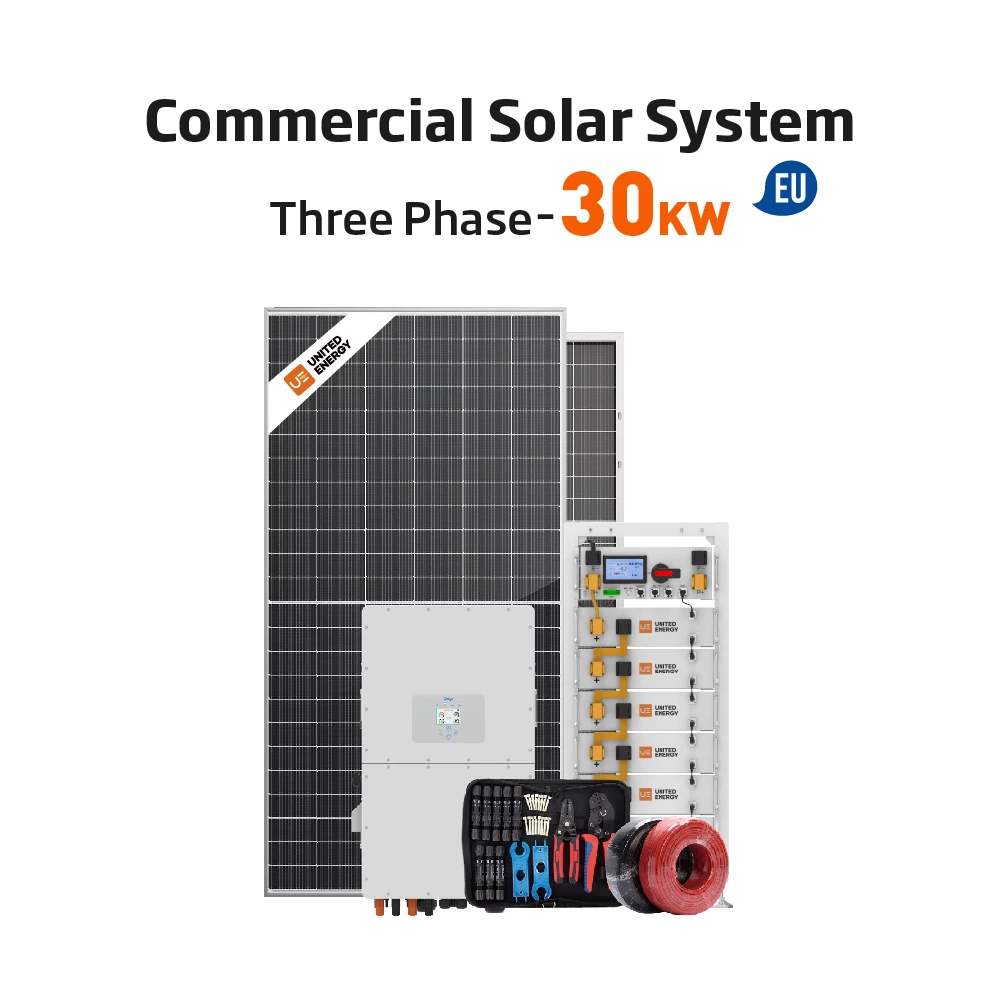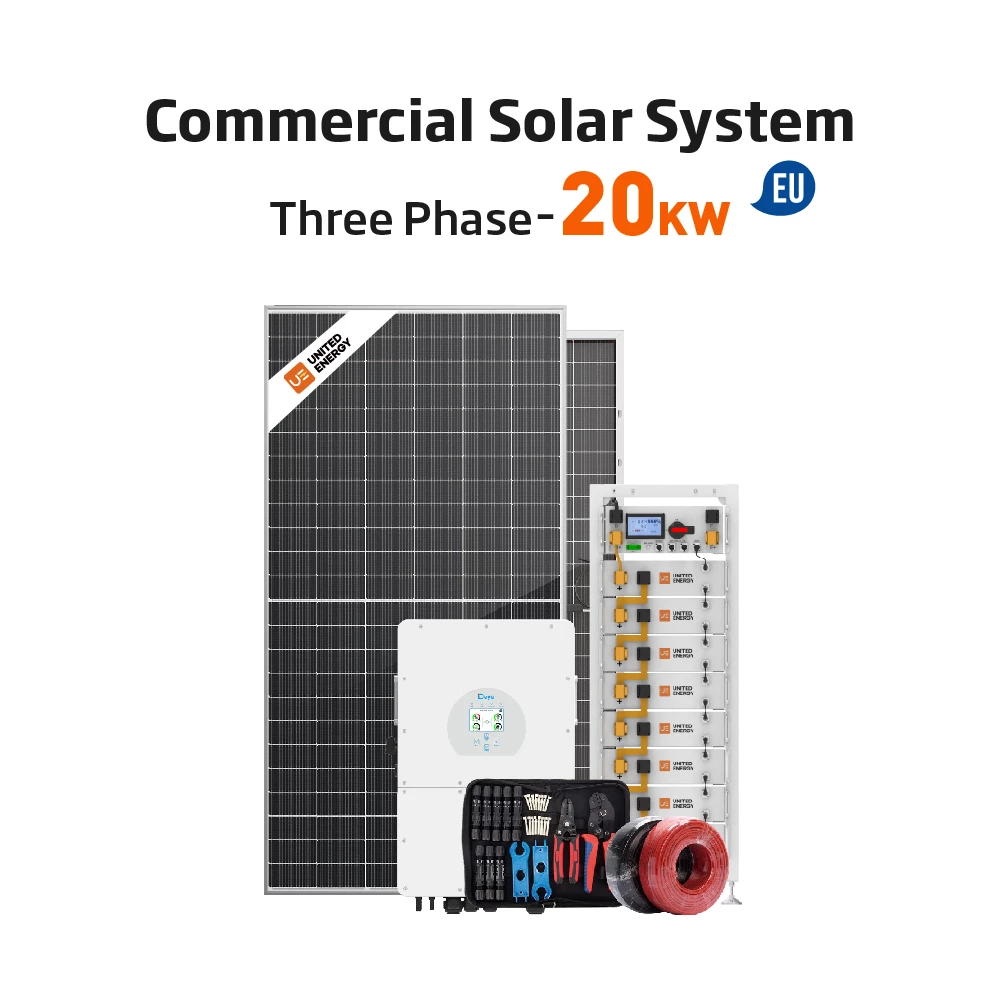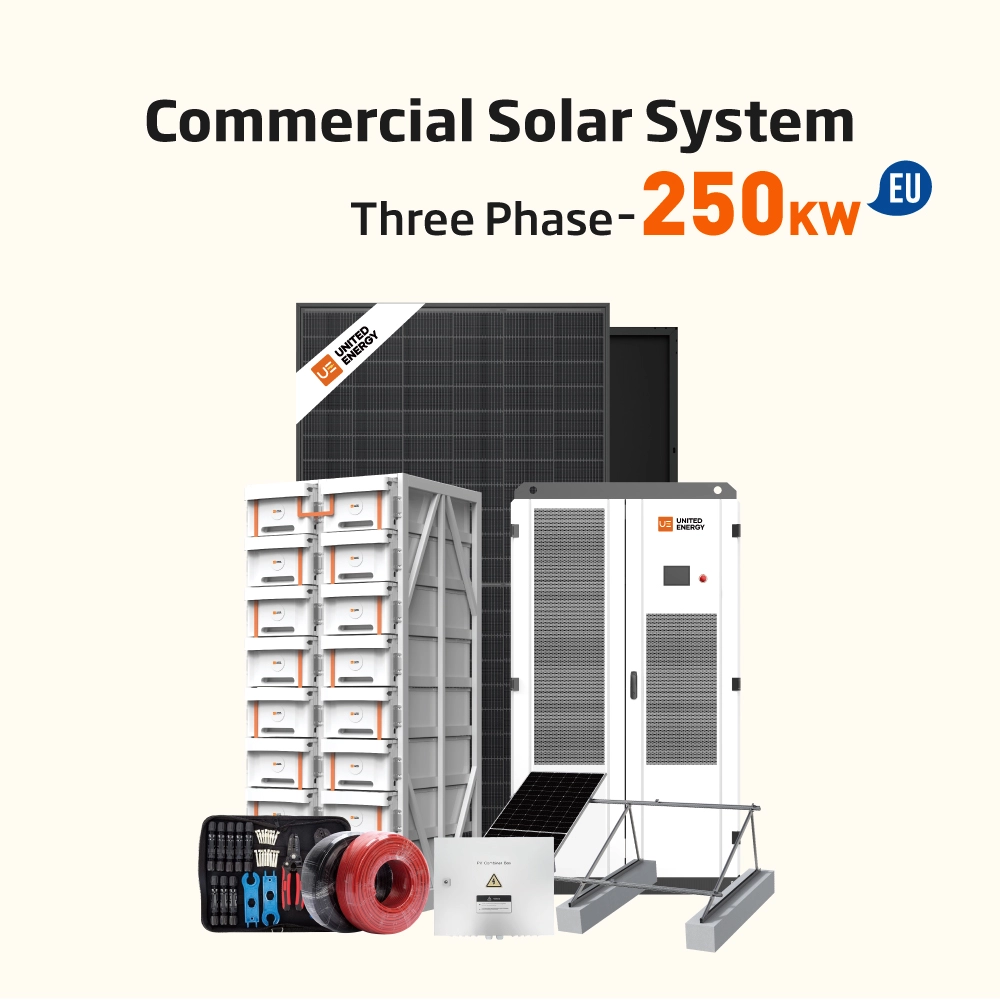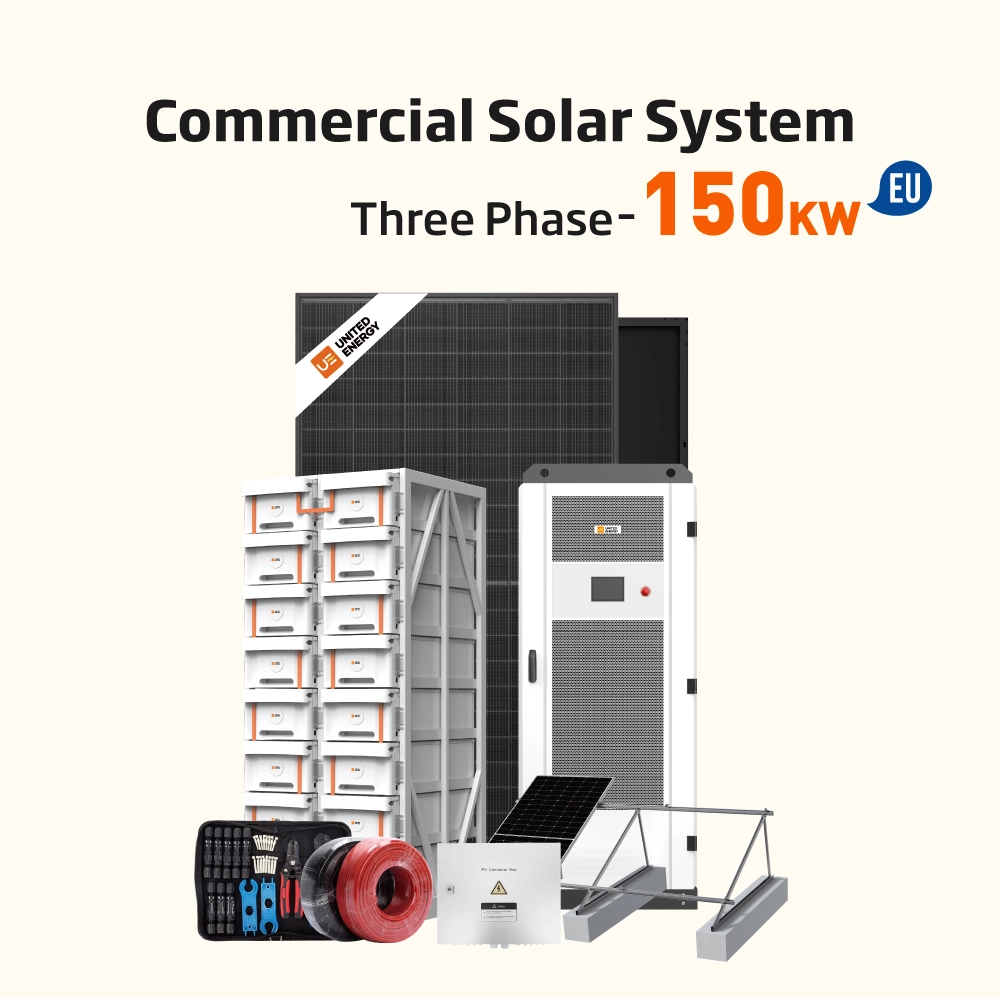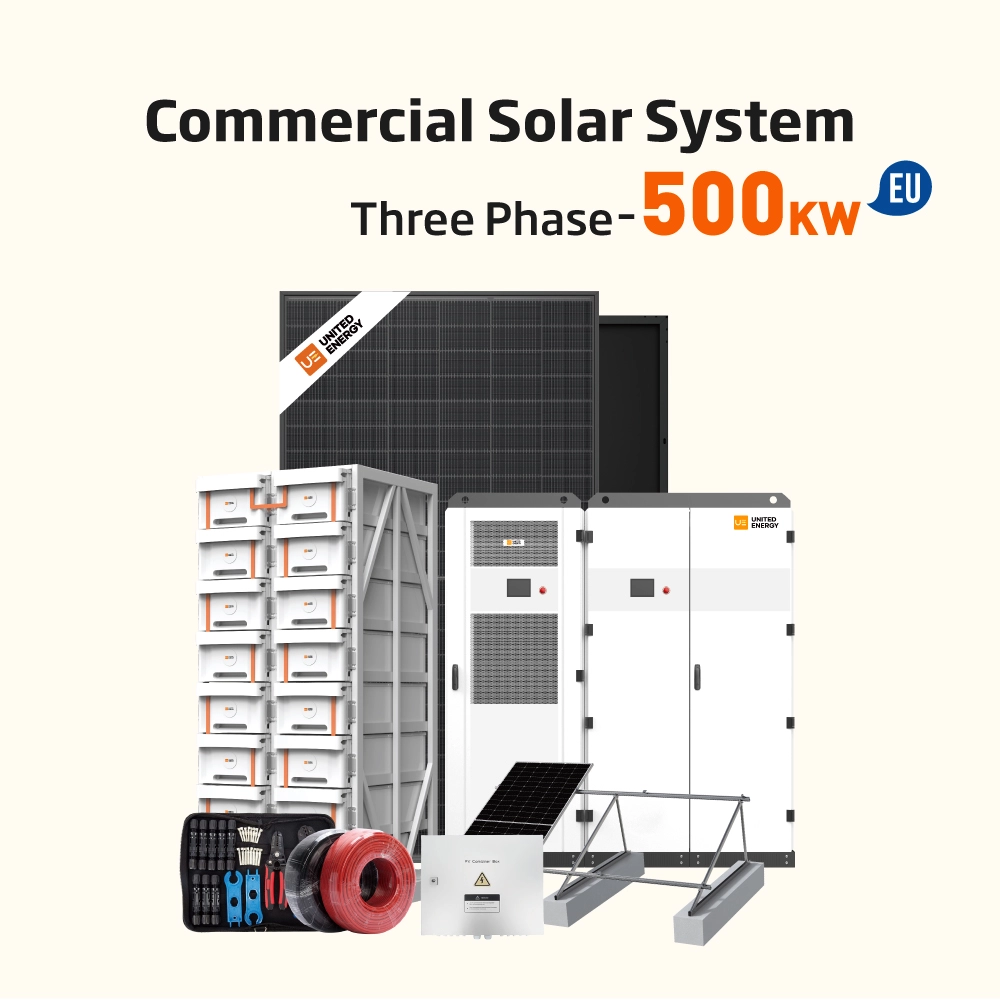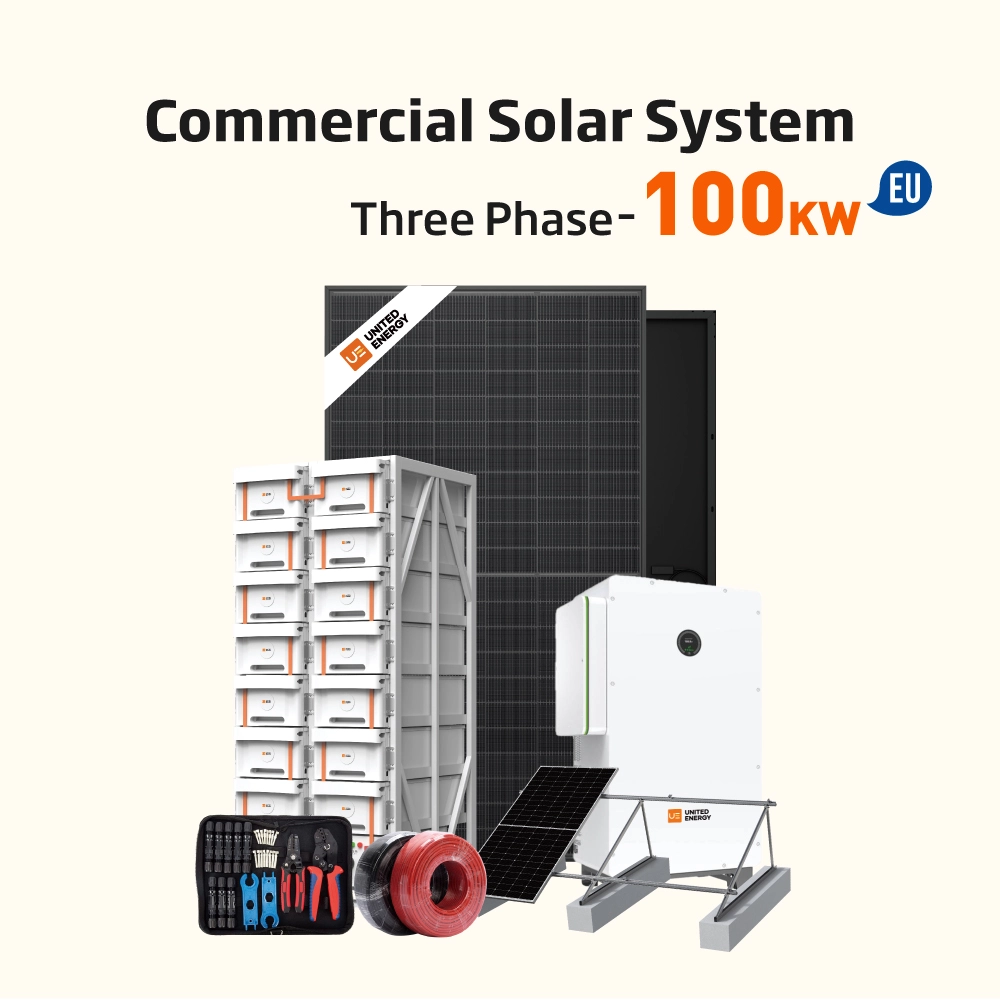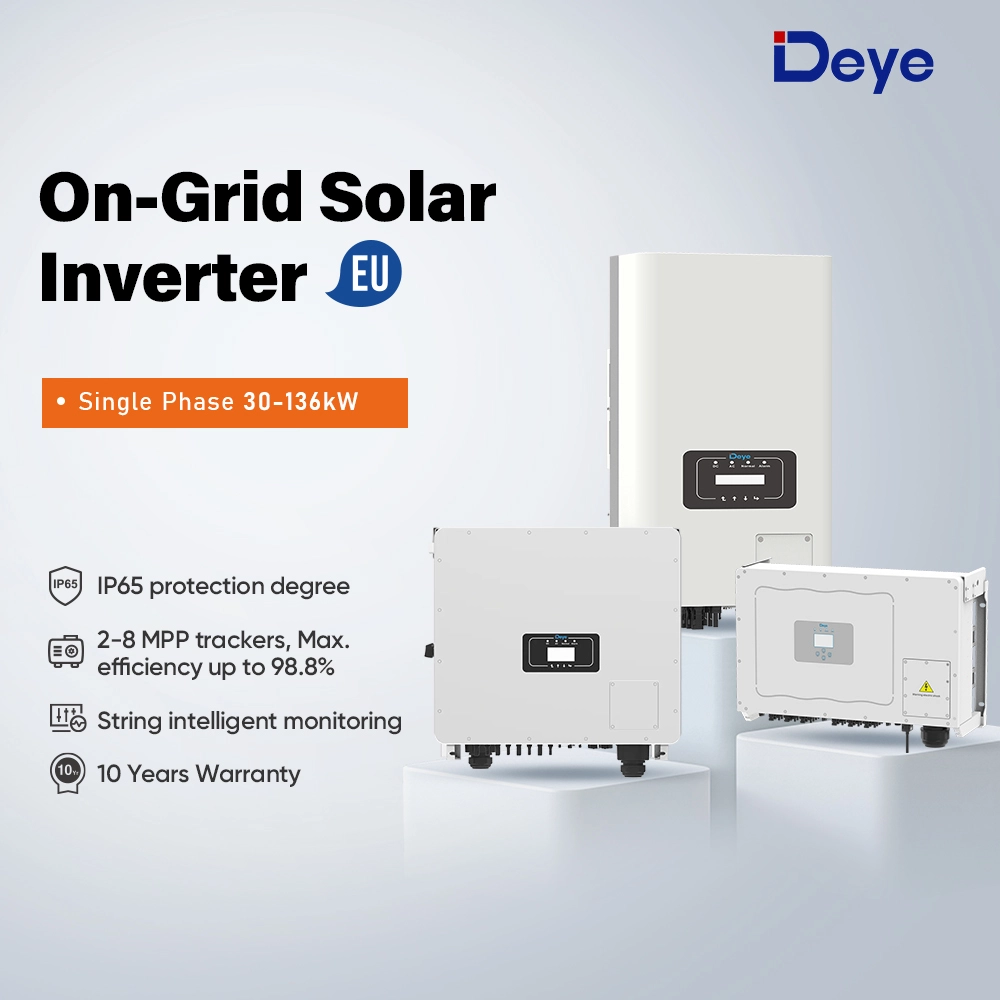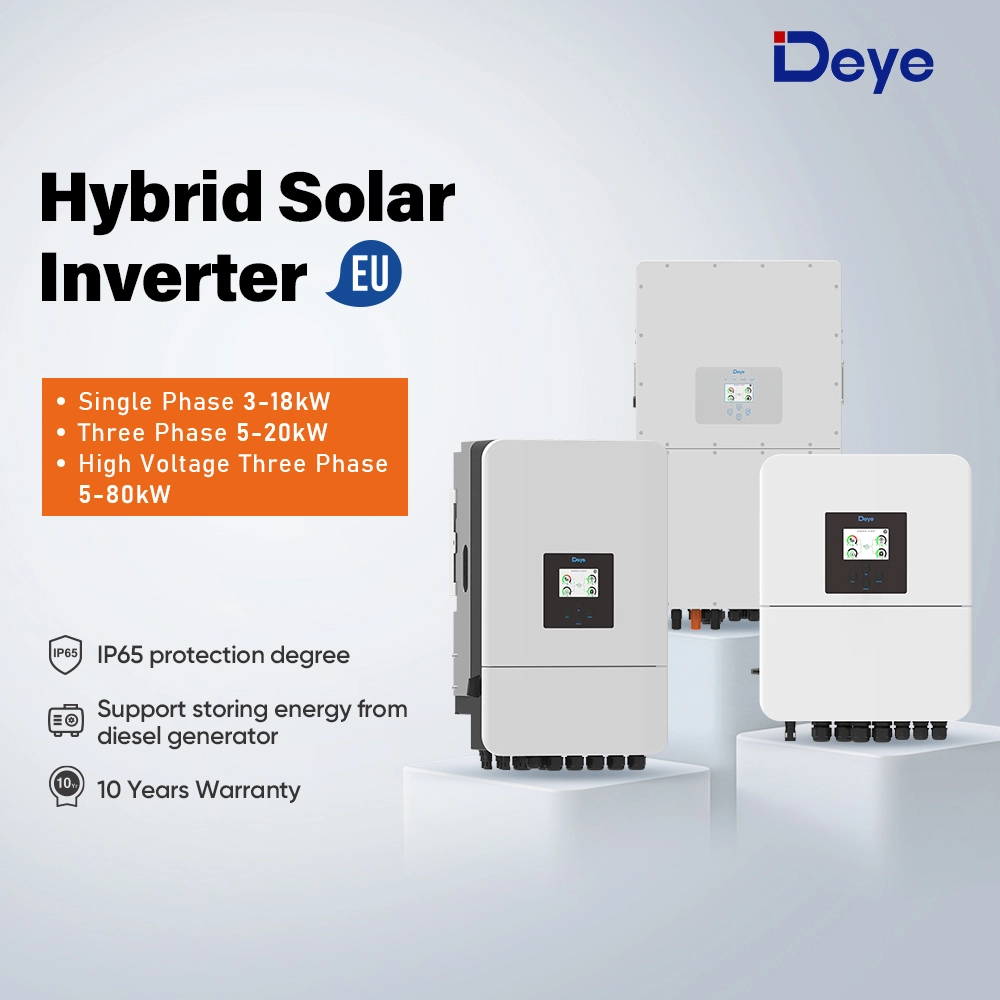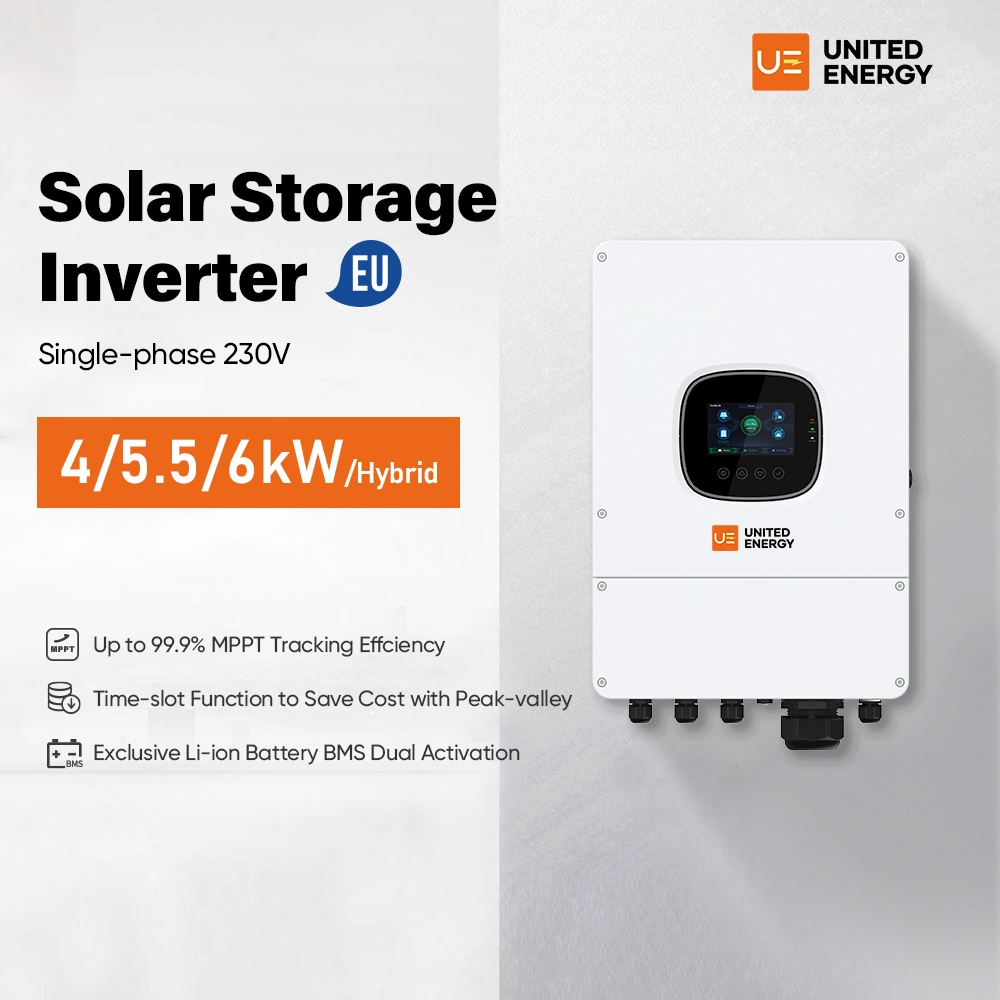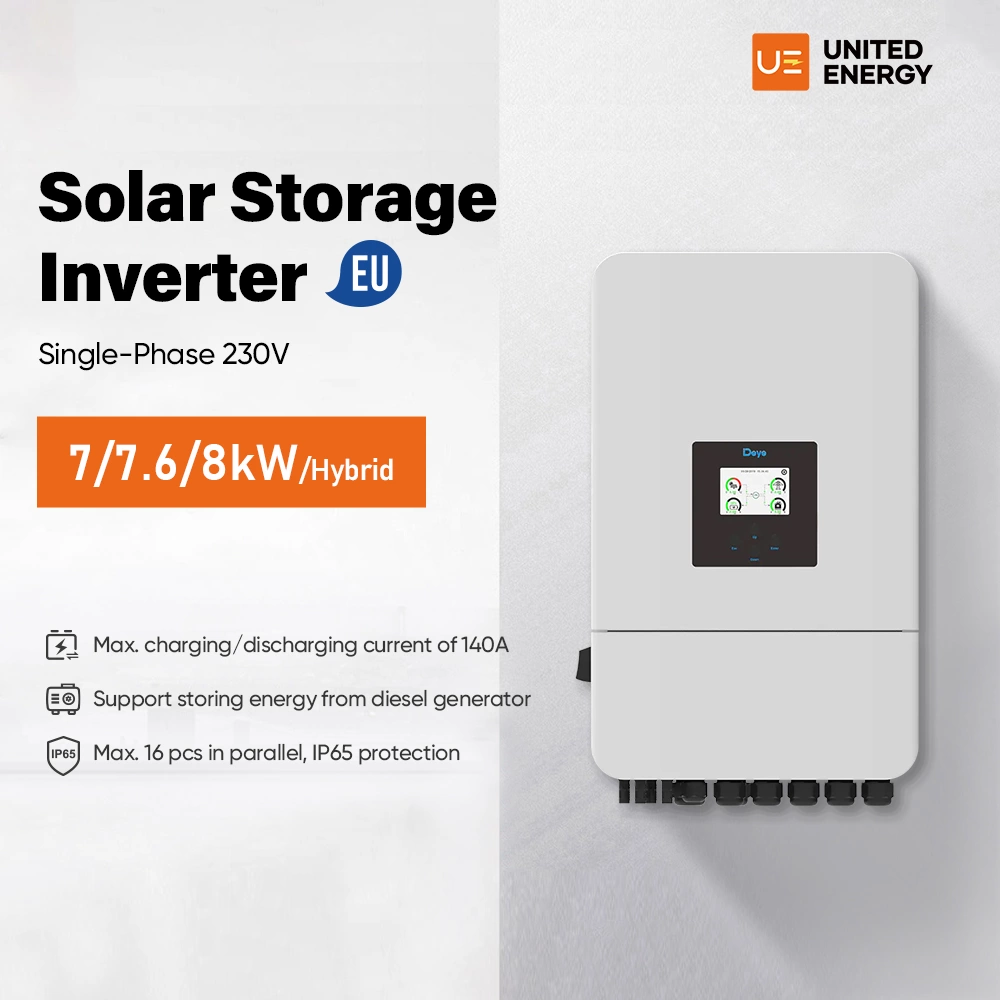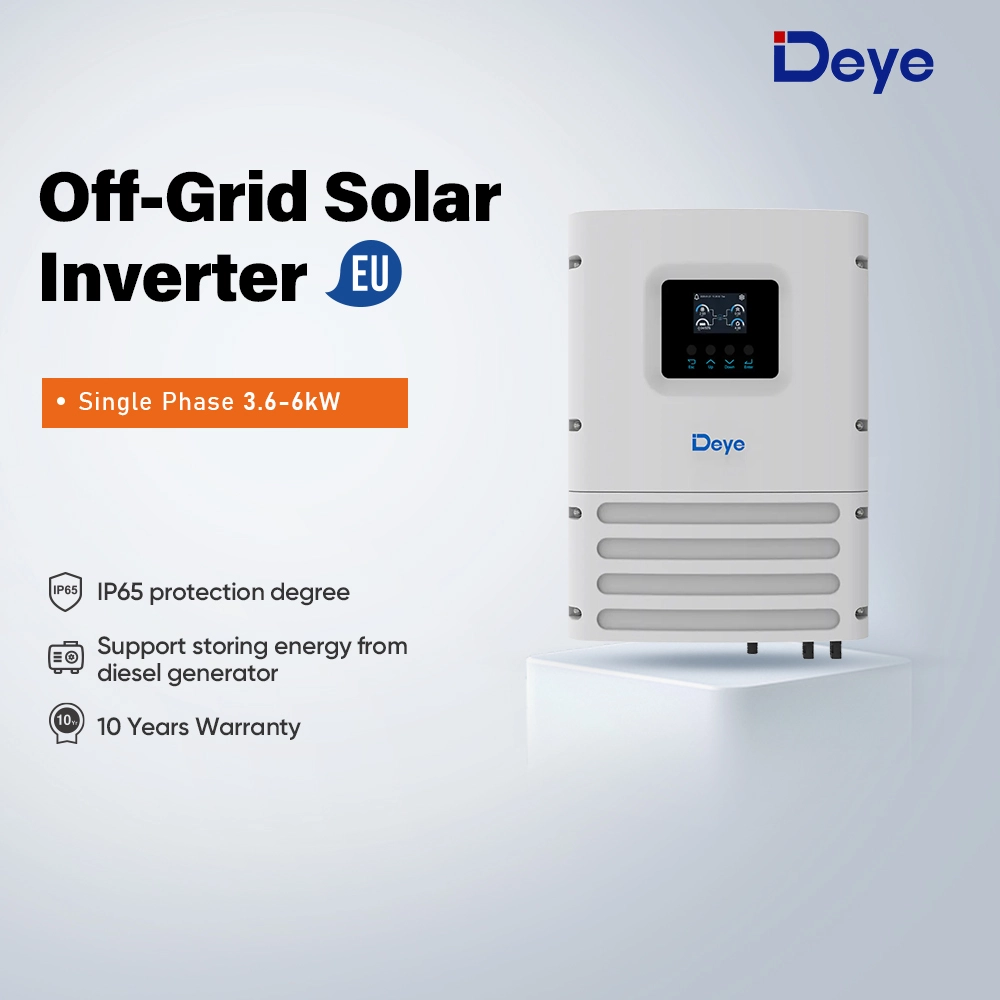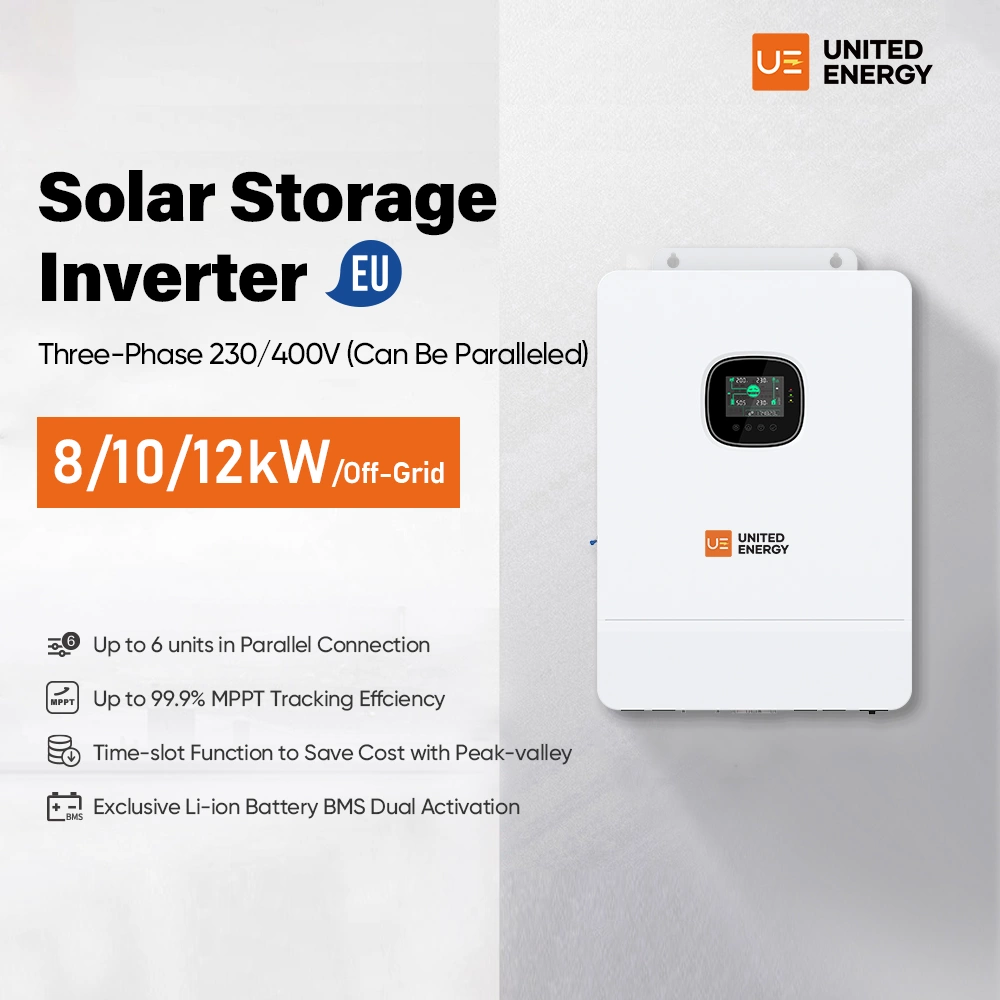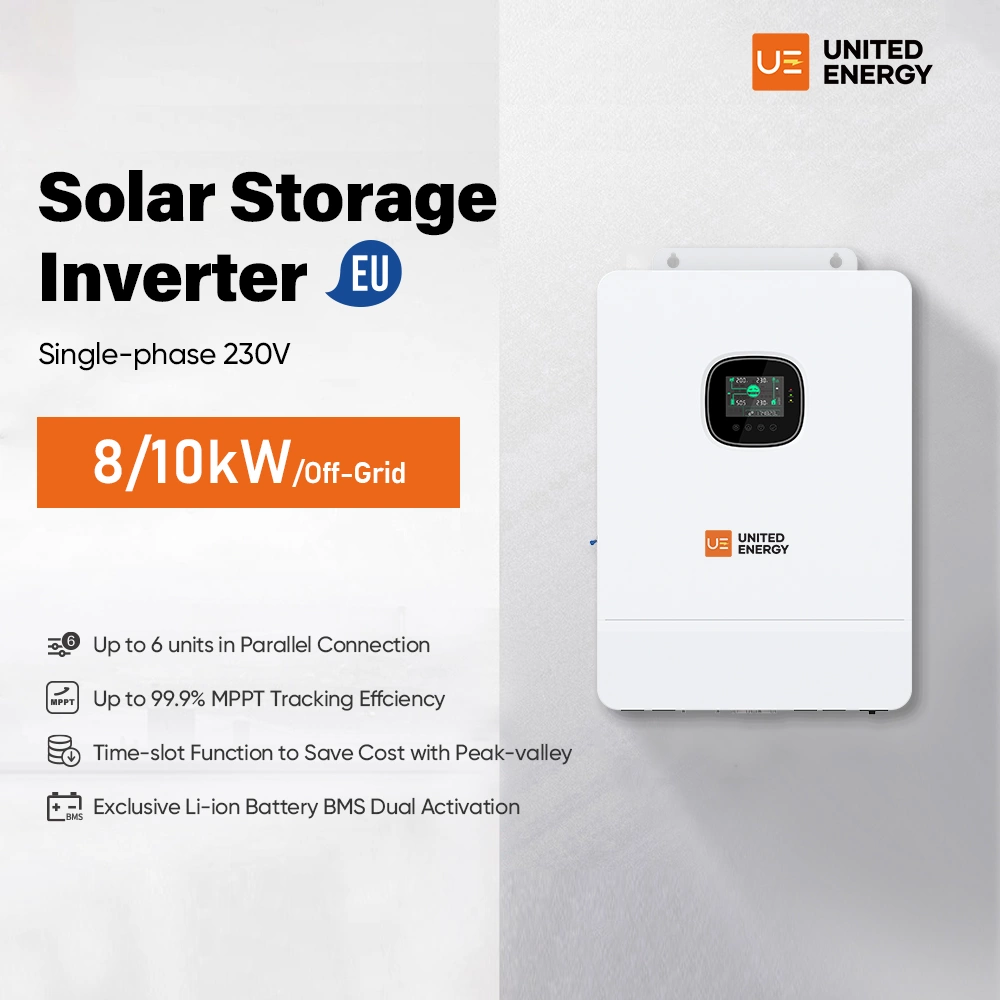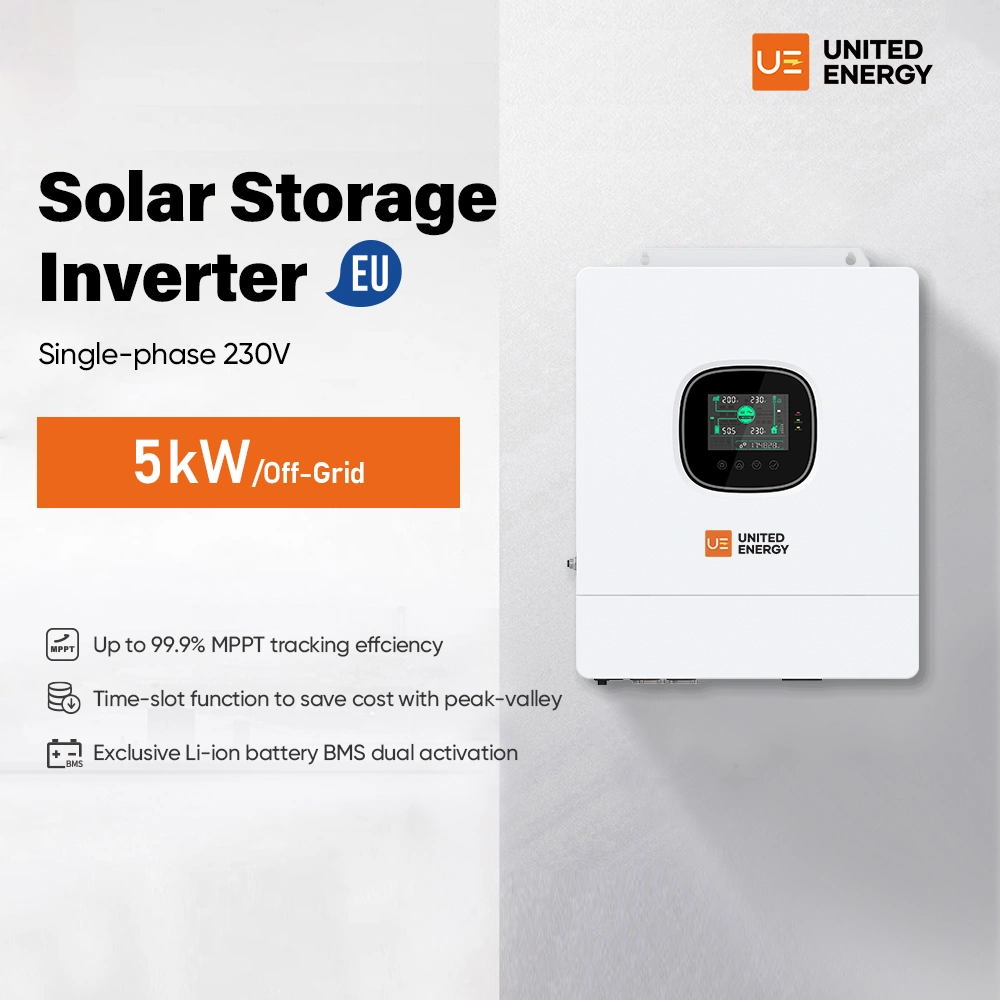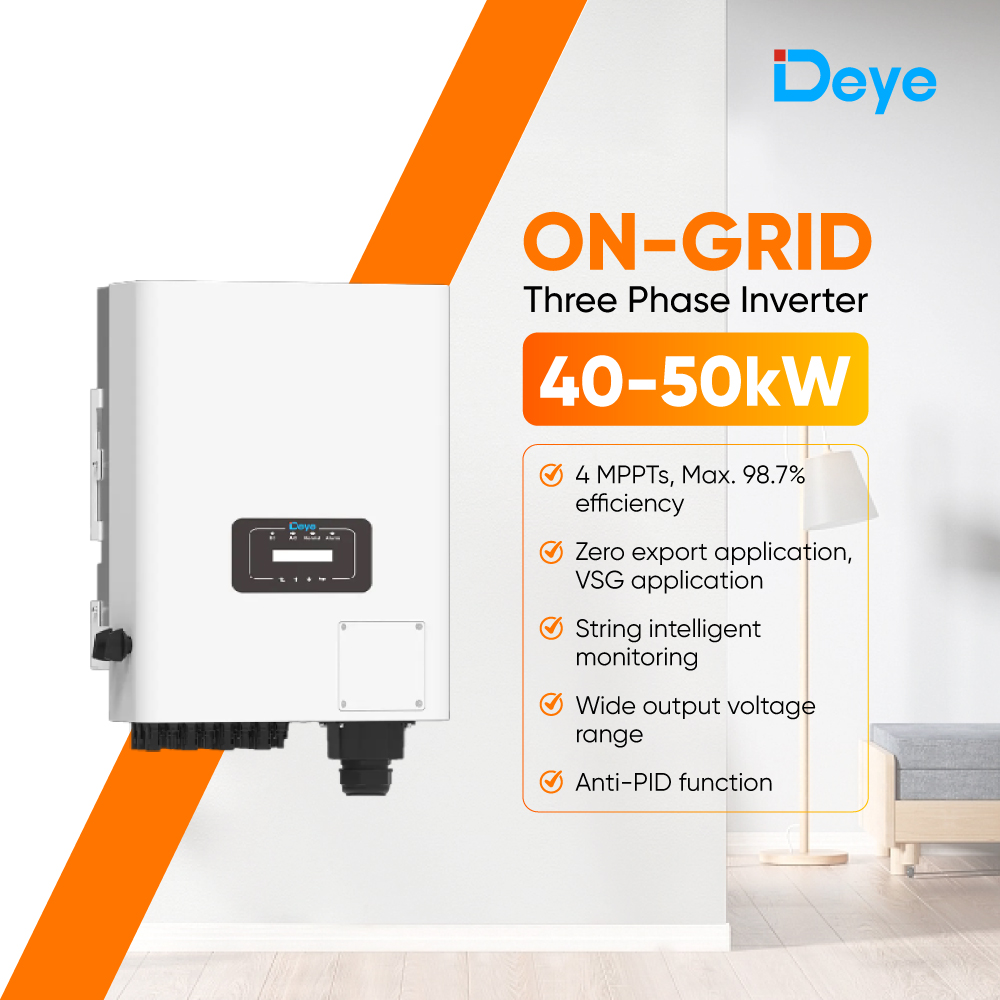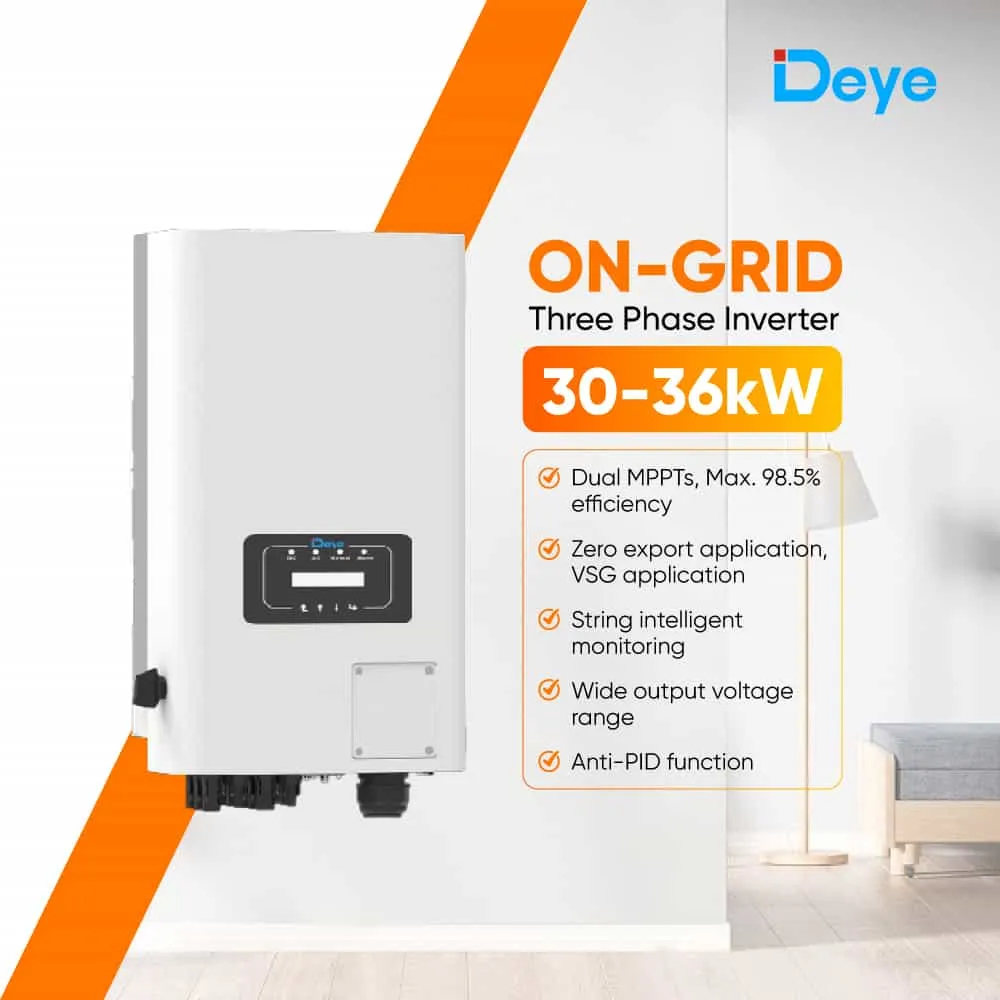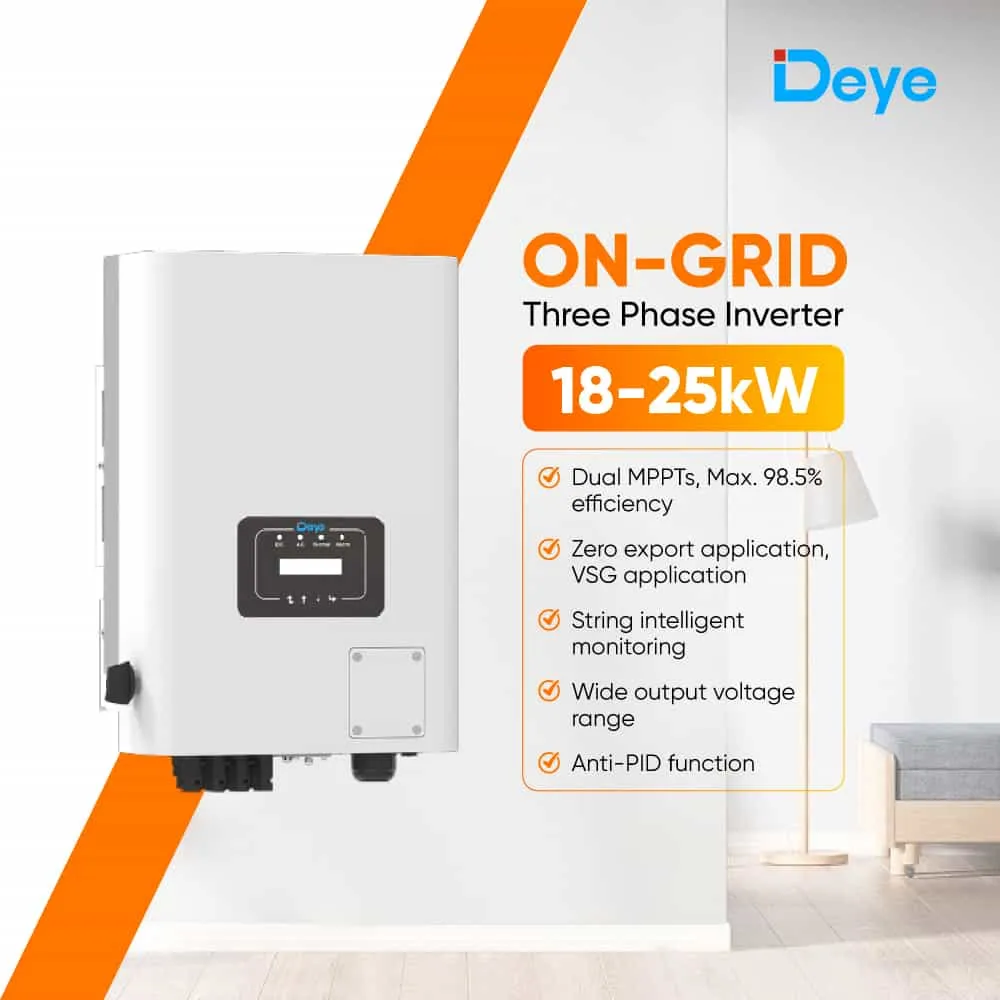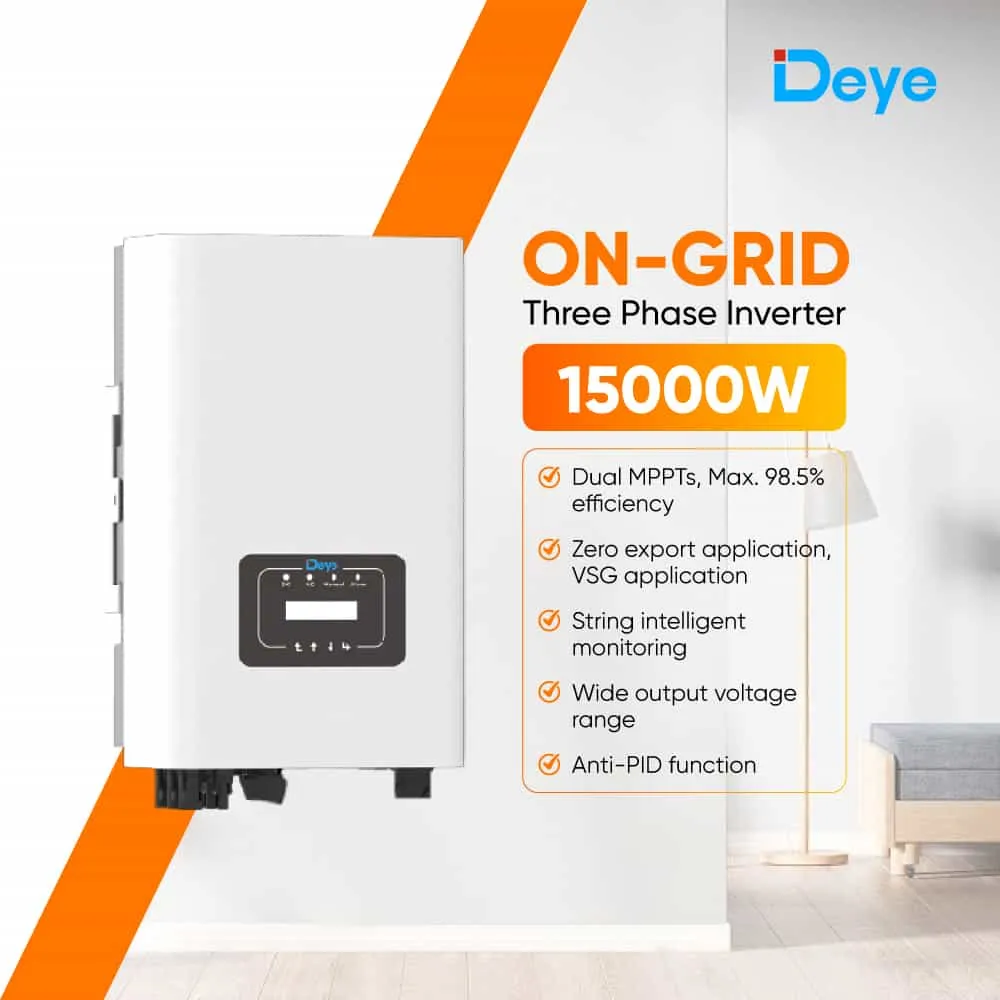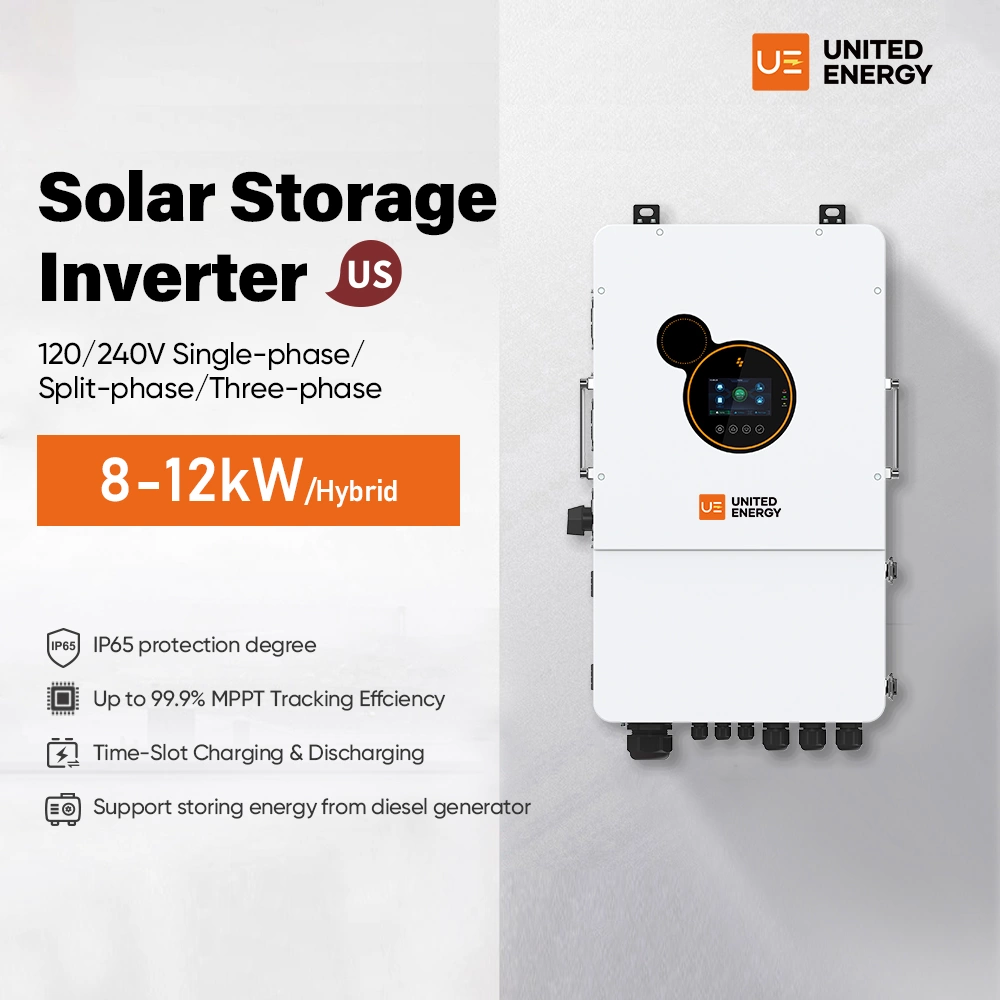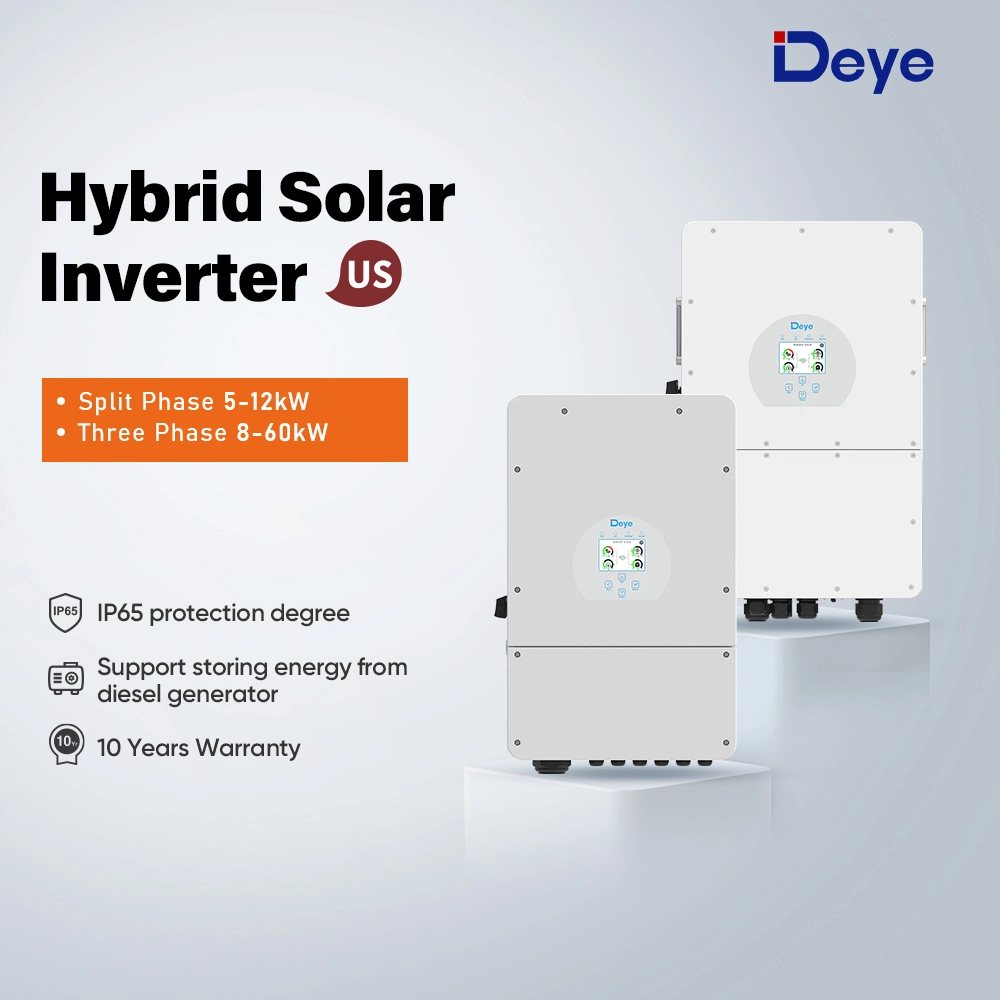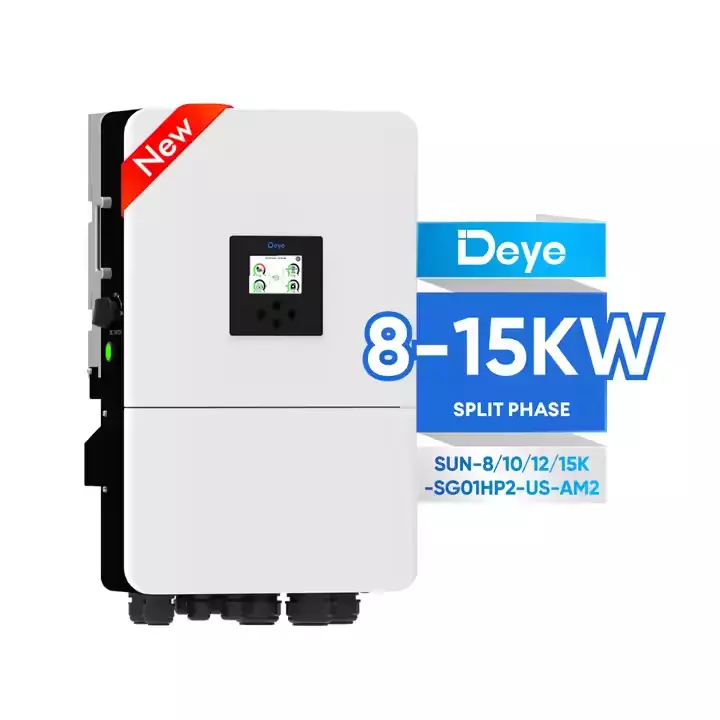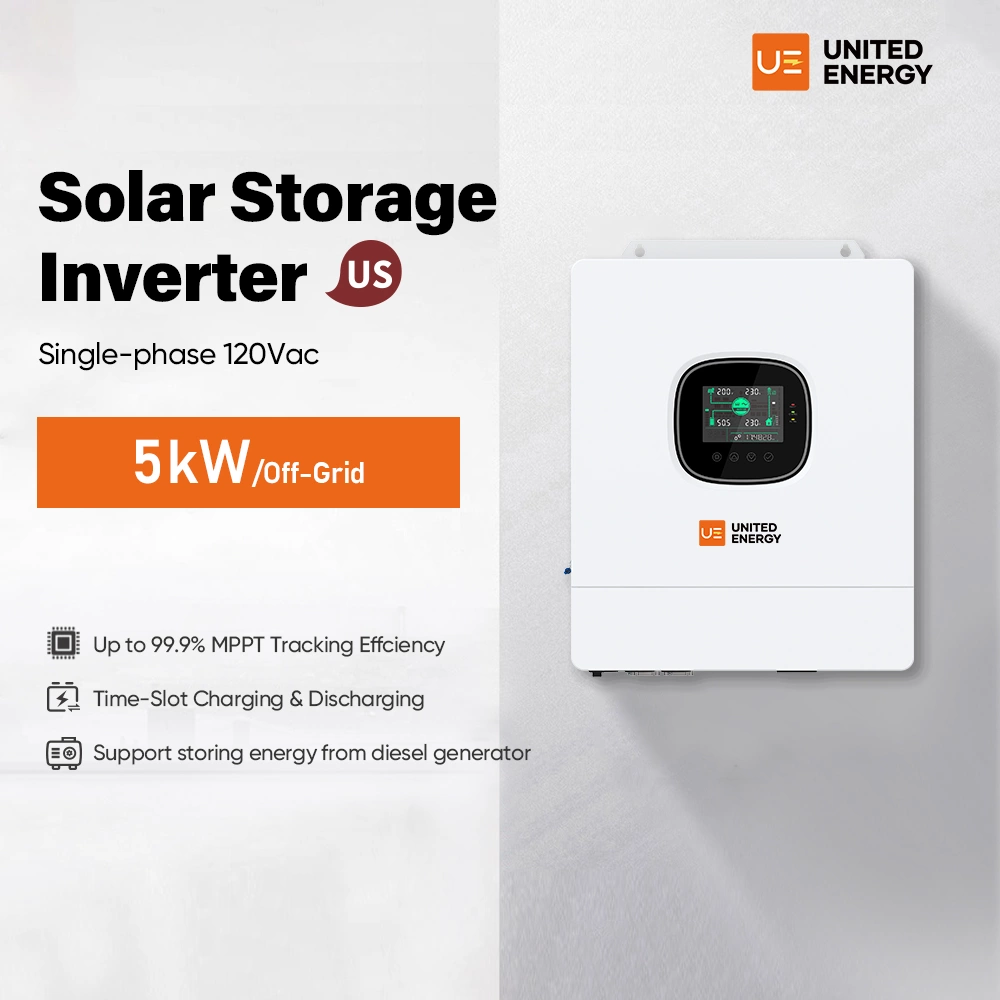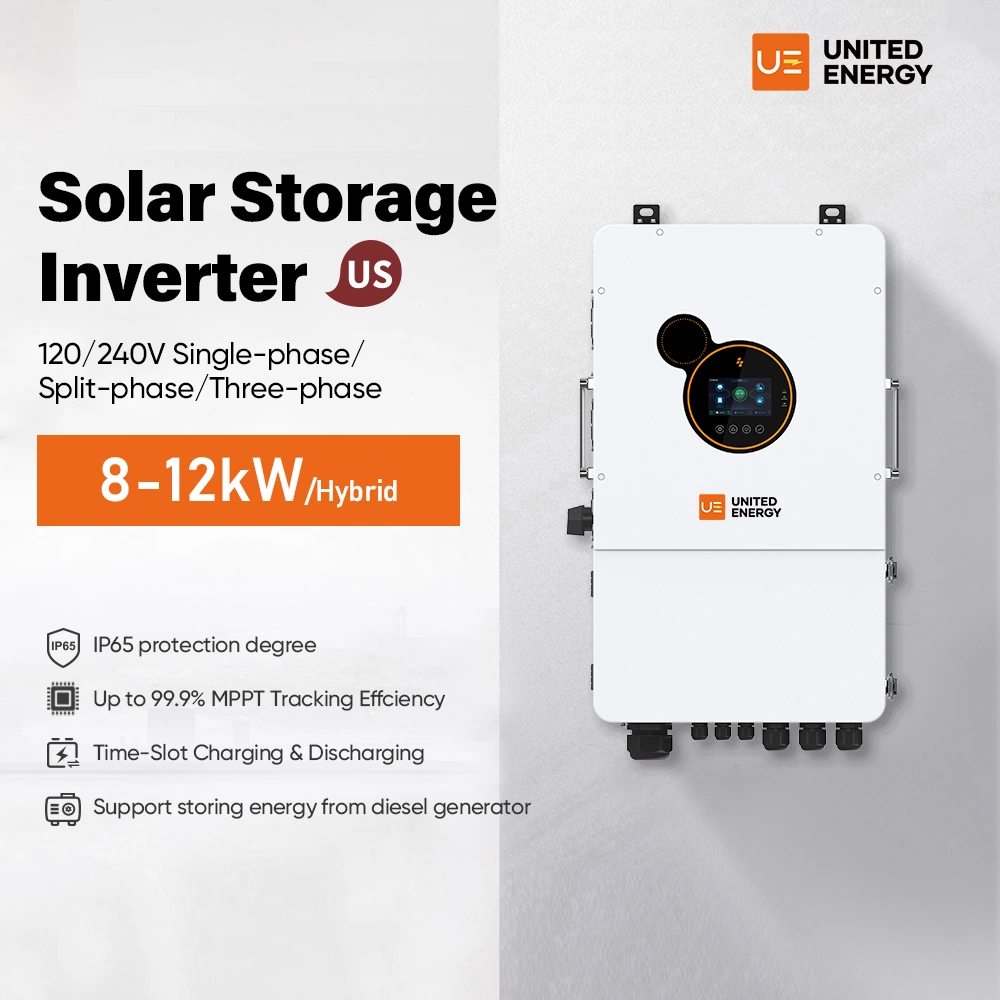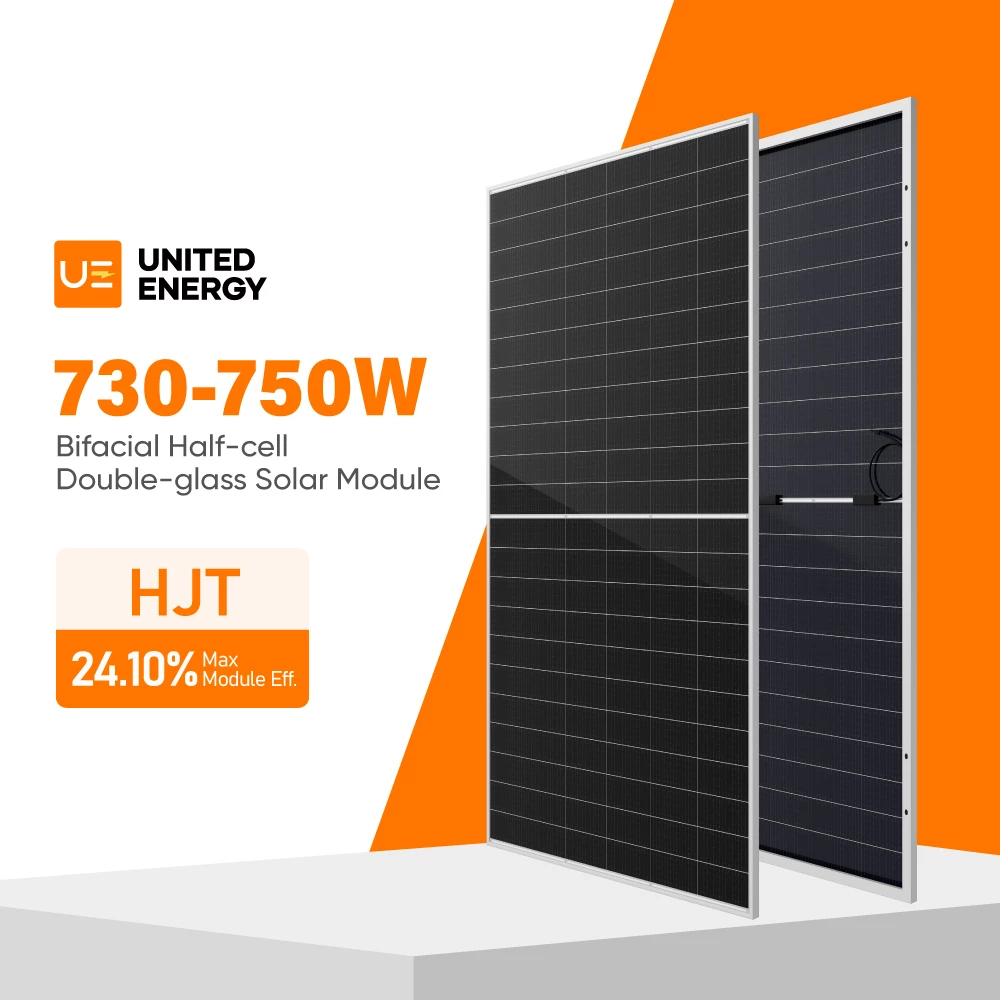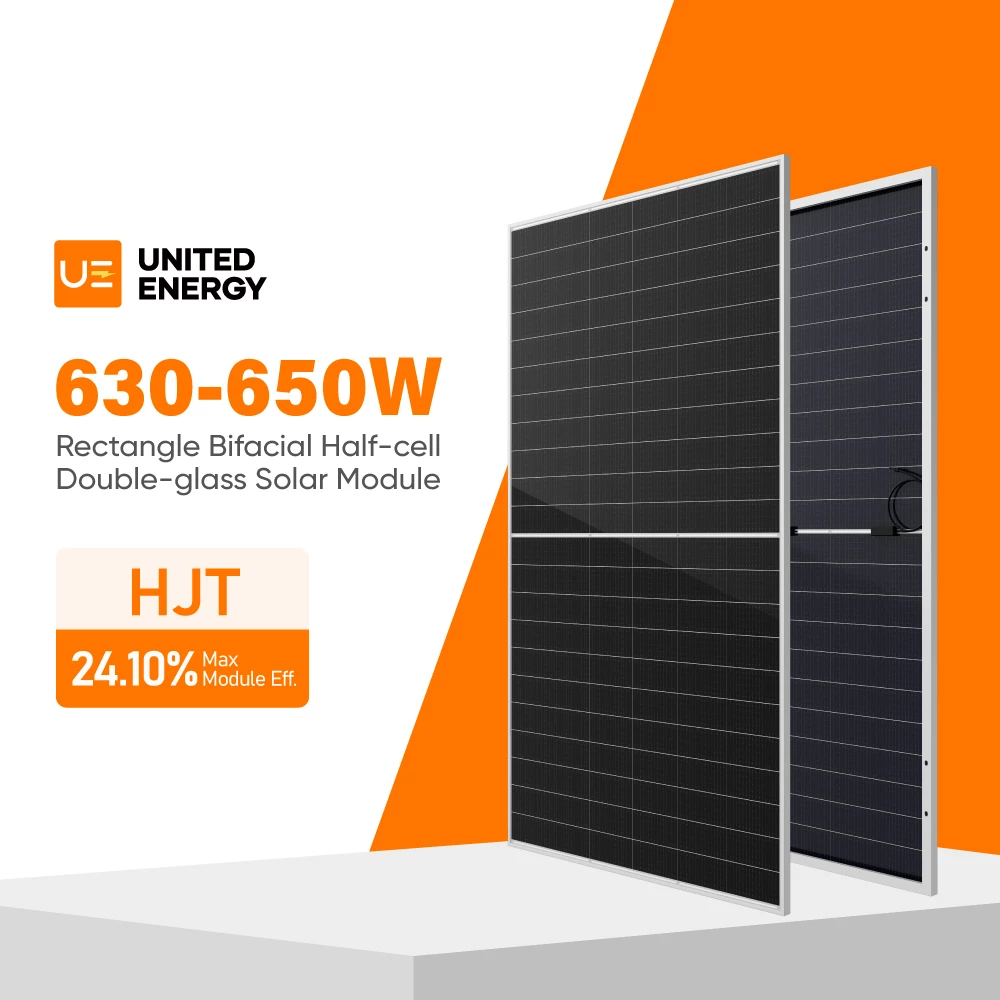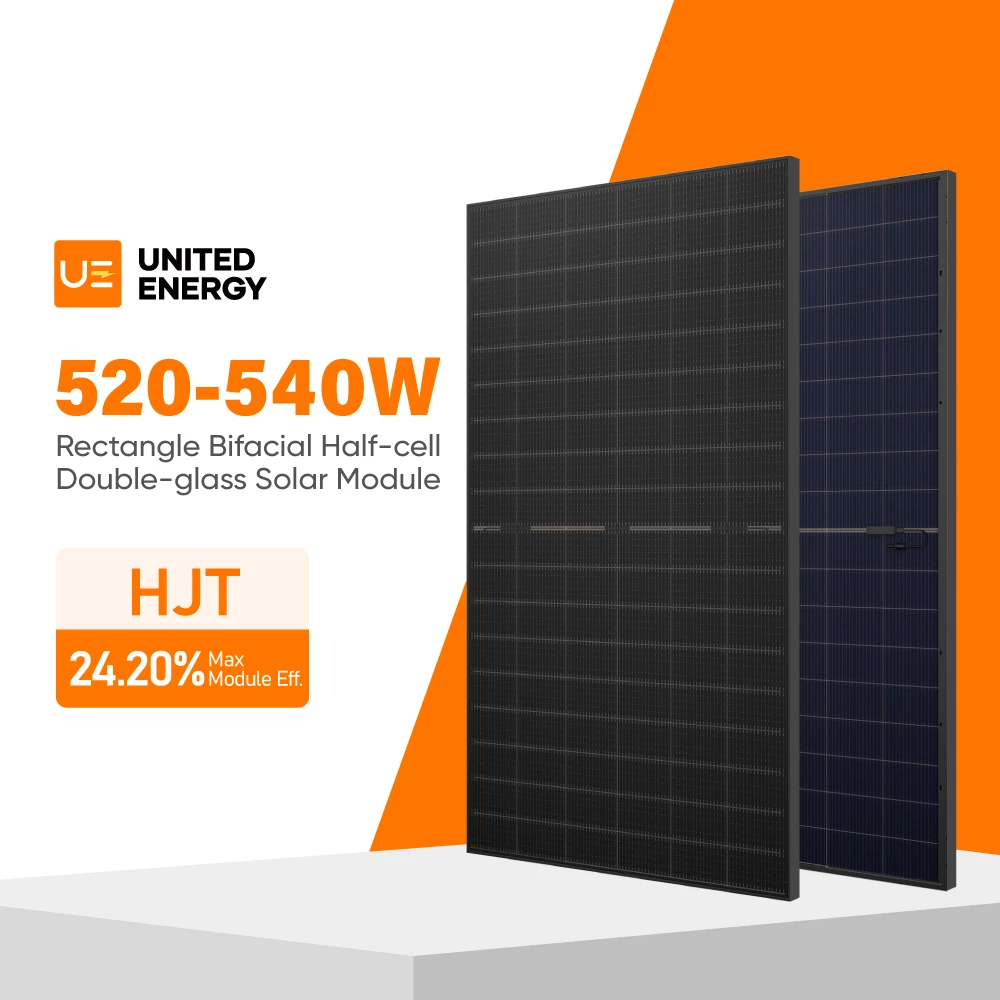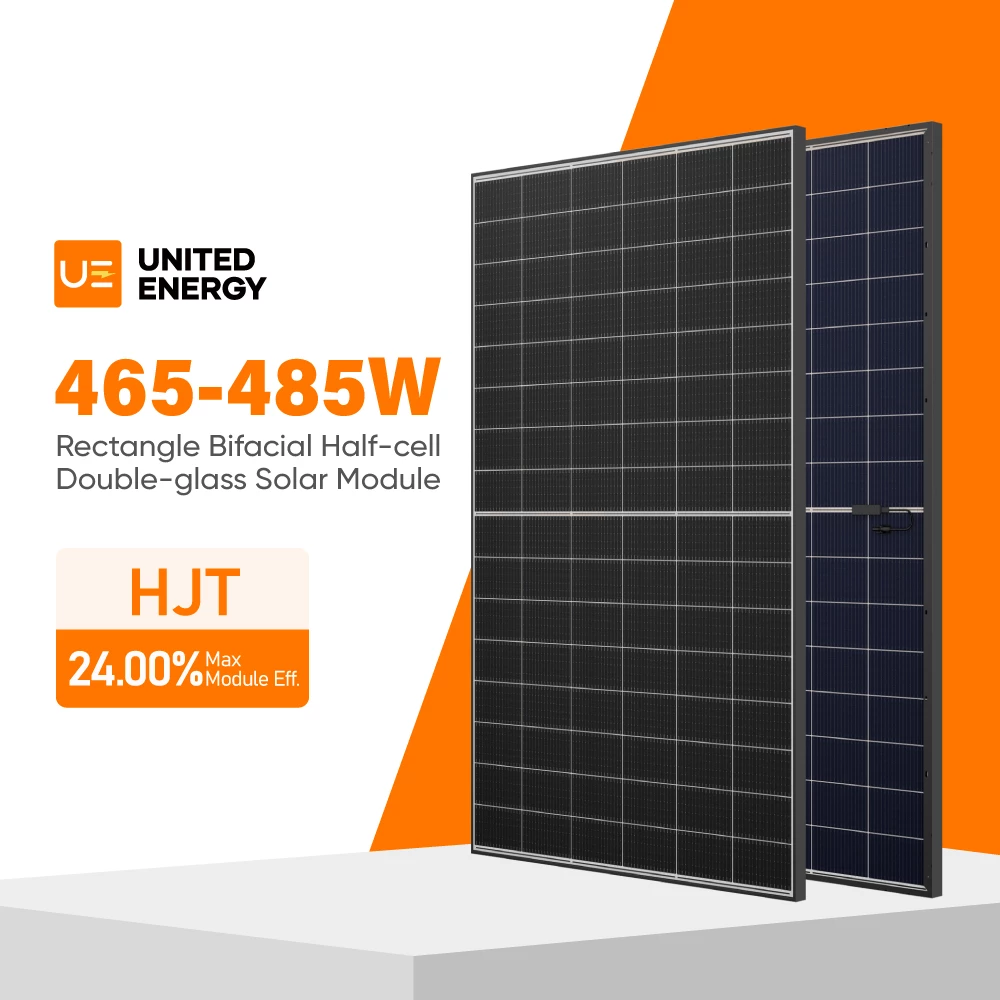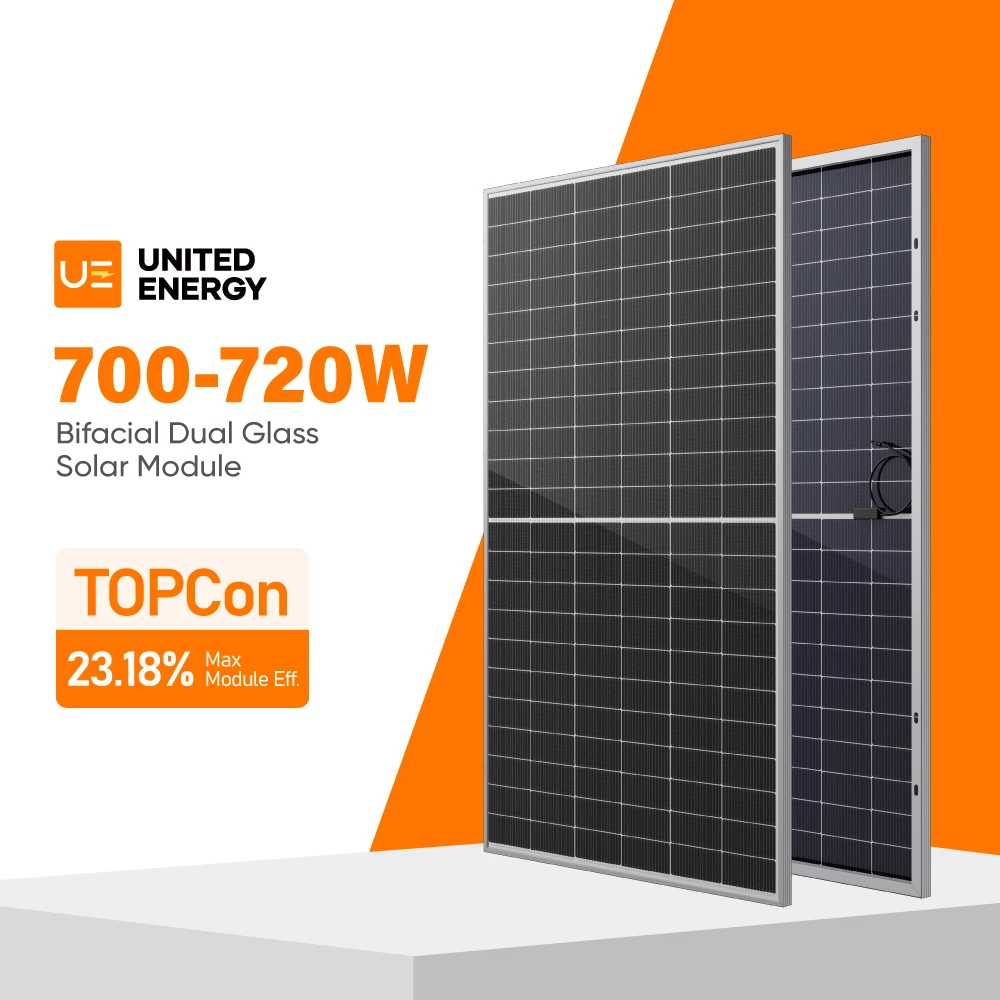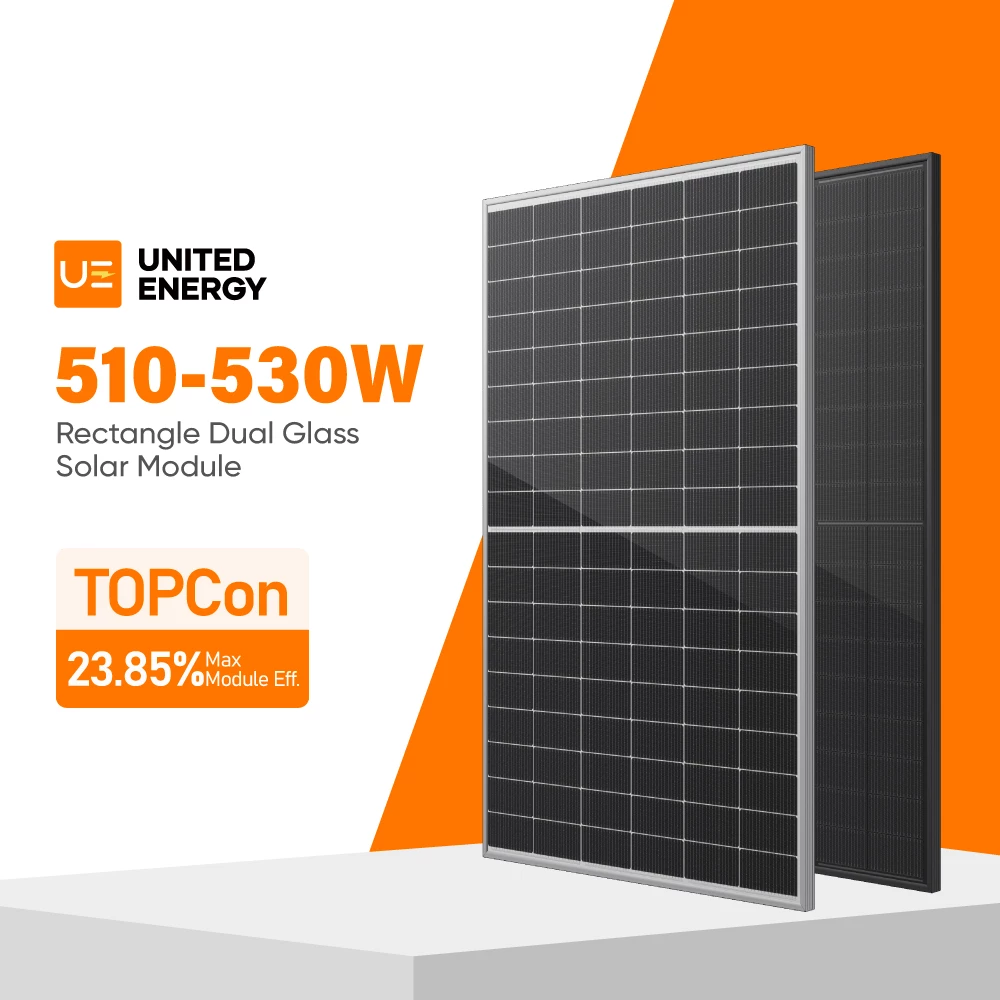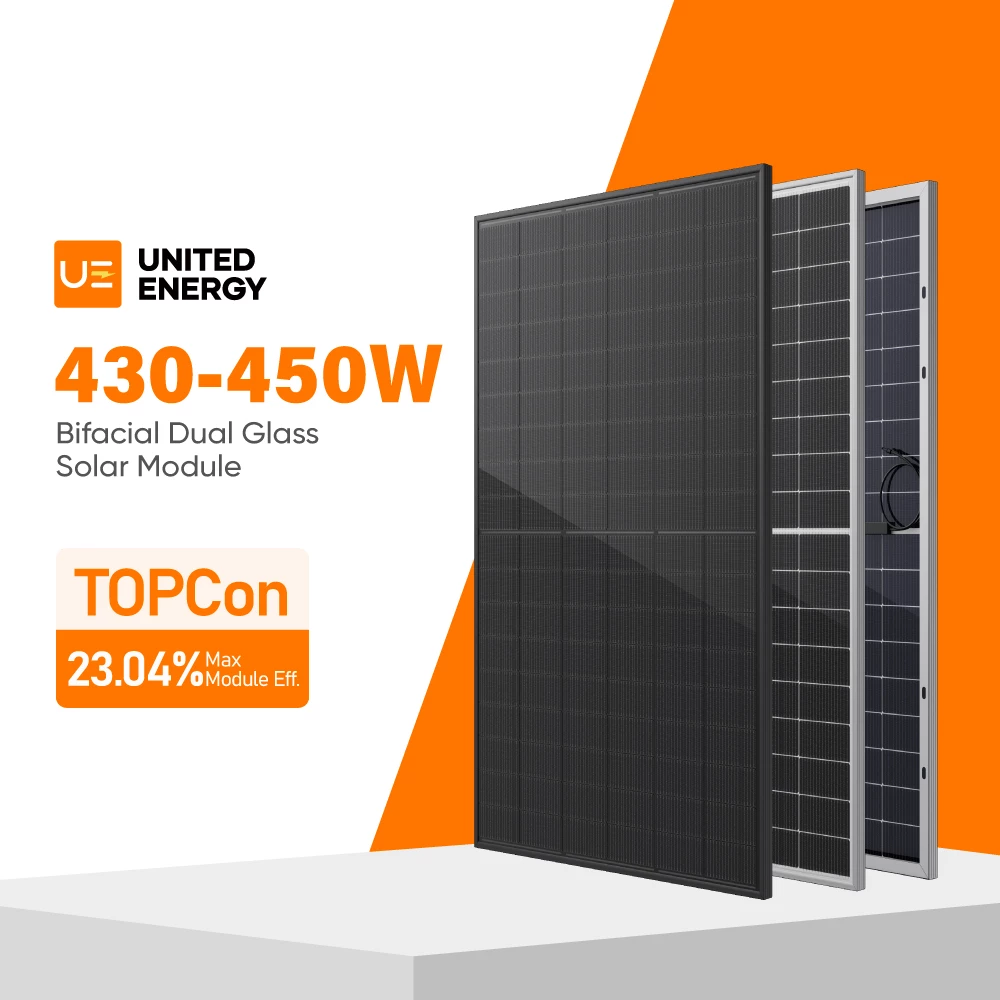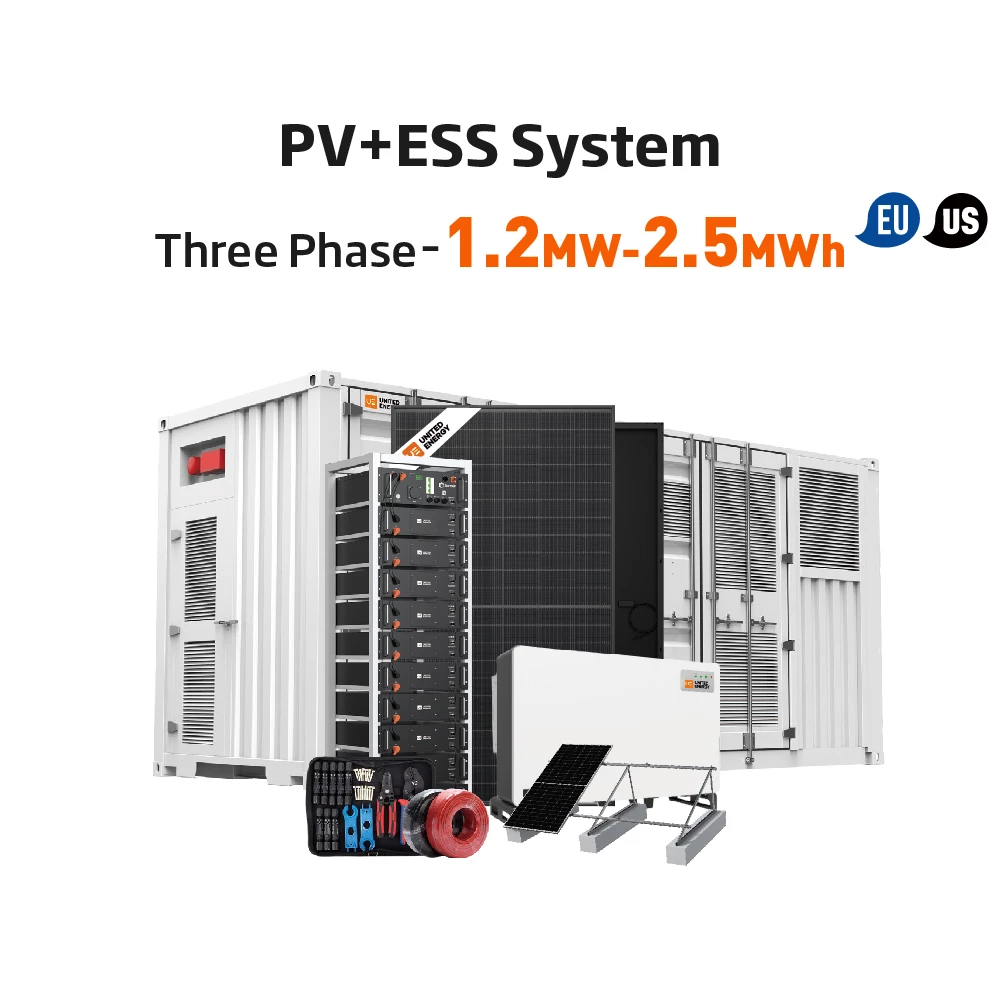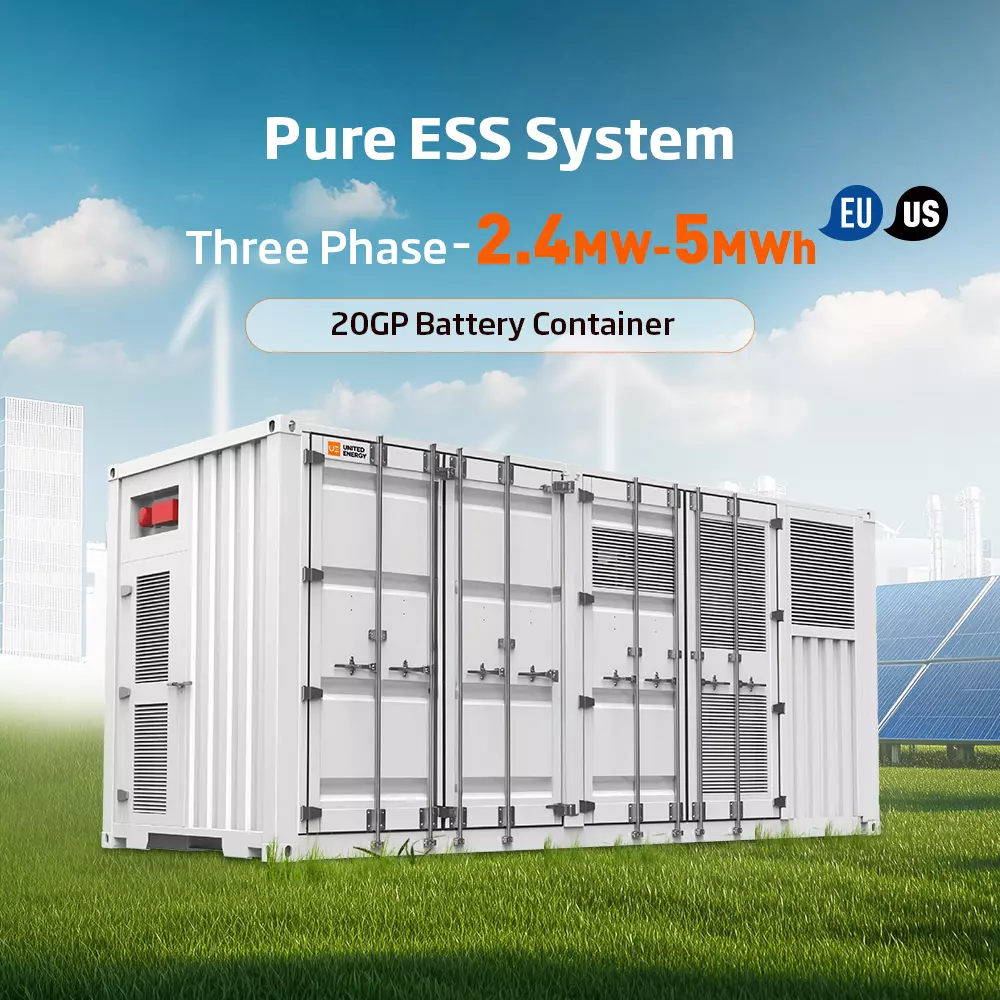For many solar panel owners, winter signals a drop in power generation—but did you know the cold itself can actually help your panels work better? While shorter days and weaker sunlight do reduce output, solar panels thrive in low temperatures.
The real challenge? Overcoming winter’s hurdles—snow, dust, and inverter glitches.
In this article, we’ll discuss how to make the Max power generation in winter. From clearing stubborn snow without damaging panels to protecting inverters to ensure your solar system doesn’t just survive the season—but thrives.
The Positive Effect of Low Temperatures on Solar Cells
In solar generation, in addition to sunshine conditions, temperature also plays a crucial role. Although the summer sun is strong, for solar panels, as the temperature rises, the electronic activity inside the solar cell becomes unstable, resulting in a decrease in efficiency. This phenomenon is called the "temperature coefficient of the solar cell." According to laboratory measurements, above the standard test temperature, the power generation efficiency of the solar cell will decrease by 0.35% to 0.5% for every 1°C increase in temperature.
The low temperature in winter can reduce the resistance inside the cell, making the electron flow smoother, thus improving the efficiency of solar panels in converting sunlight into electricity. Meanwhile, low temperature plays a good protective role in the service life.
So although the sunshine time is longer in summer, the low temperature and more concentrated light angle in winter may make up for the disadvantage of sunshine time in certain areas, and may even make the power generation in winter not inferior to that in summer in some cases.
The Main Factors Affecting the Power Generation in Winter
- Smog/ Dust
The solar system will be affected by the smog and dust in the environment during operation. Especially in winter, there is more dust than in other seasons.
When the particulate matter accumulates on the surface of the solar panel, resulting in a significant reduction in the sunlight received by the panels, then leads to a decrease in the output performance of the battery.
Solution:
Regular inspection and cleaning, and maintenance of solar panels are the most basic requirements to ensure the safe and stable operation of solar power systems.
Use a soft cloth mop to gently sweep the dust; do not use sharp objects to touch the solar panels to avoid scratching or even breaking the tempered glass.
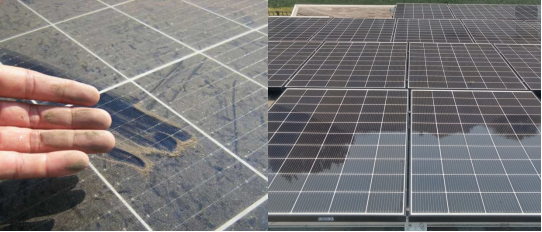
- Snow
Snow accumulating on the surface of the solar panel will also reduce the light transmittance and output performance.
Solution:
Using drones to spray de-icing and de-snowing agents will not damage the surface of components and can quickly melt the snow.
Do not use hot water to pour the ice layer to avoid uneven hot and cold causing the glass to crack.
Snow must be removed thoroughly, as small pieces of snow may cause a significant reduction in the system's power generation efficiency.
For small home use solar systems, you can use plastic film to cover the solar panels before heavy snow, and uncover them after the snow.
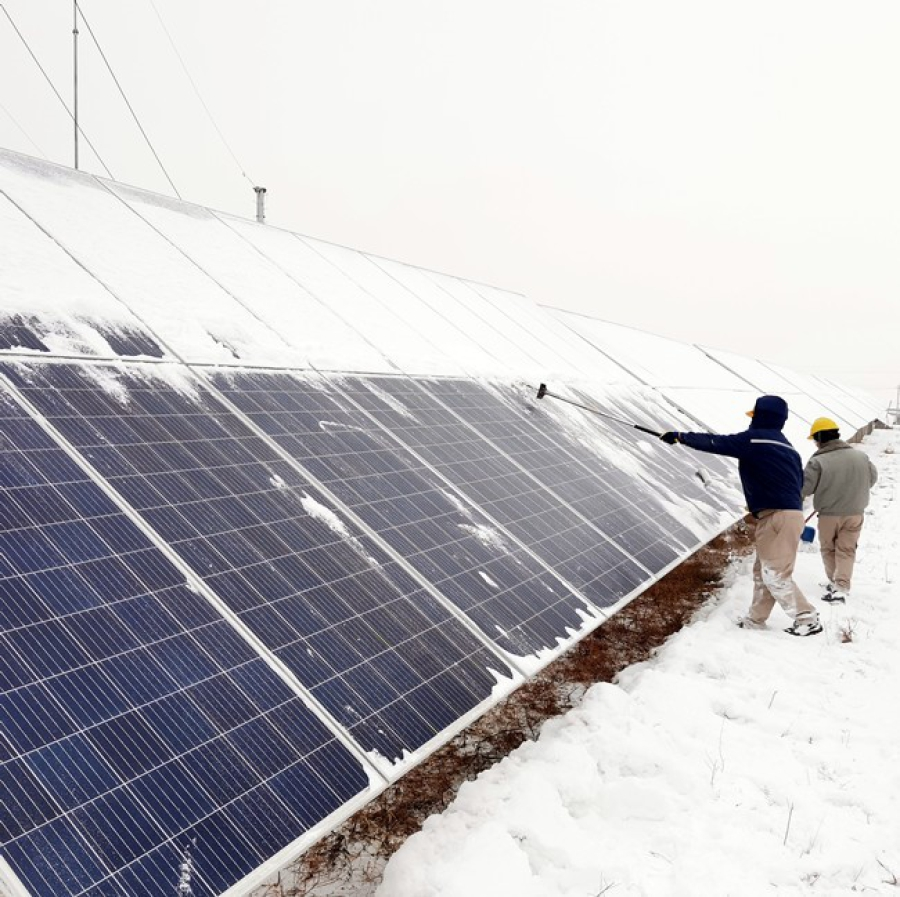
Problems that inverters are prone to in rainy and snowy days
① DC over voltage.
The early design of some projects did not consider the possibility of extreme low temperatures in the region causing the string voltage to rise.
Solution: Use a multimeter to measure the open-circuit voltage of the string. If it exceeds the specified range of the inverter, the number of components in the string needs to be reduced.
② PV insulation protection.
The increase in moisture in the outdoor air in winter can easily lead to lower system impedance. Wear and exposure of cables and joints can also cause inverter PV insulation failure.
Solution: Check whether the AC and DC cables are damaged or the connectors are partially exposed, and correct them in time.
Adequately protect in advance to prevent them from being covered by the snow.
Conclusion
In the snowy winter, although a lot of snow will cover or freeze the solar panels and affect the power generation of the solar system, a good maintenance can still ensure that your system has sufficient power in the winter.
Join us to discuss more solar system details and design a tailored solution for you.

